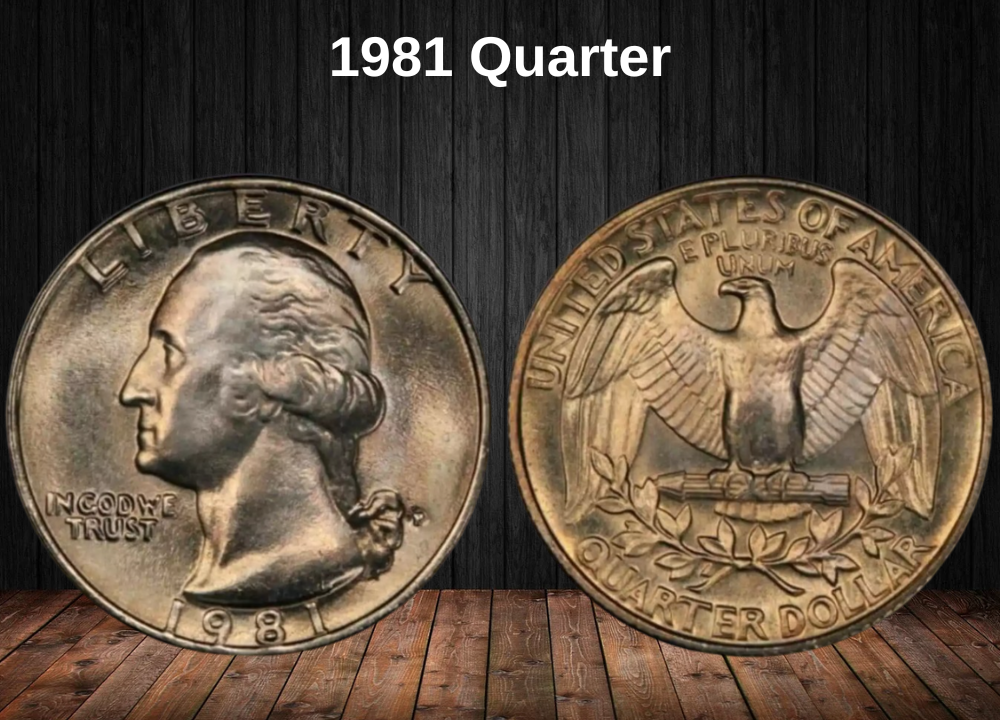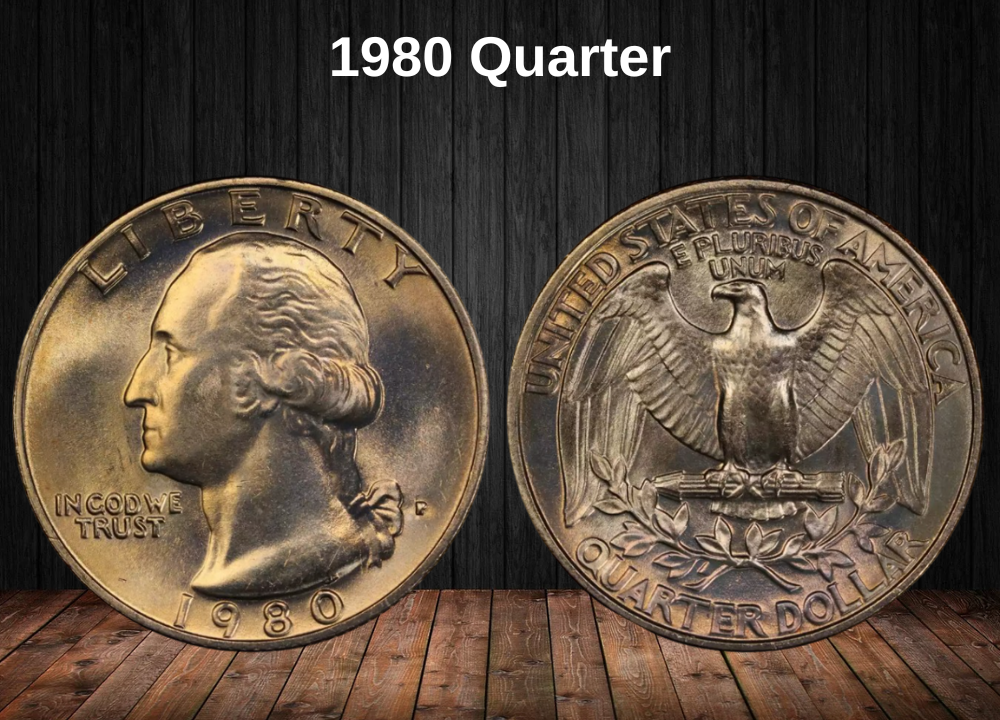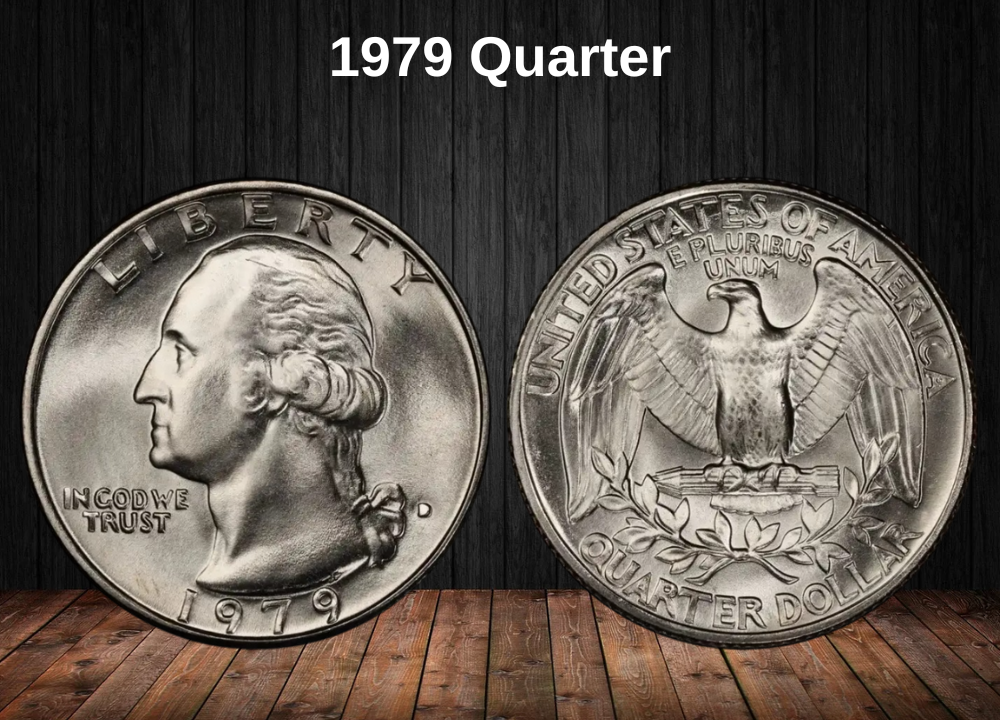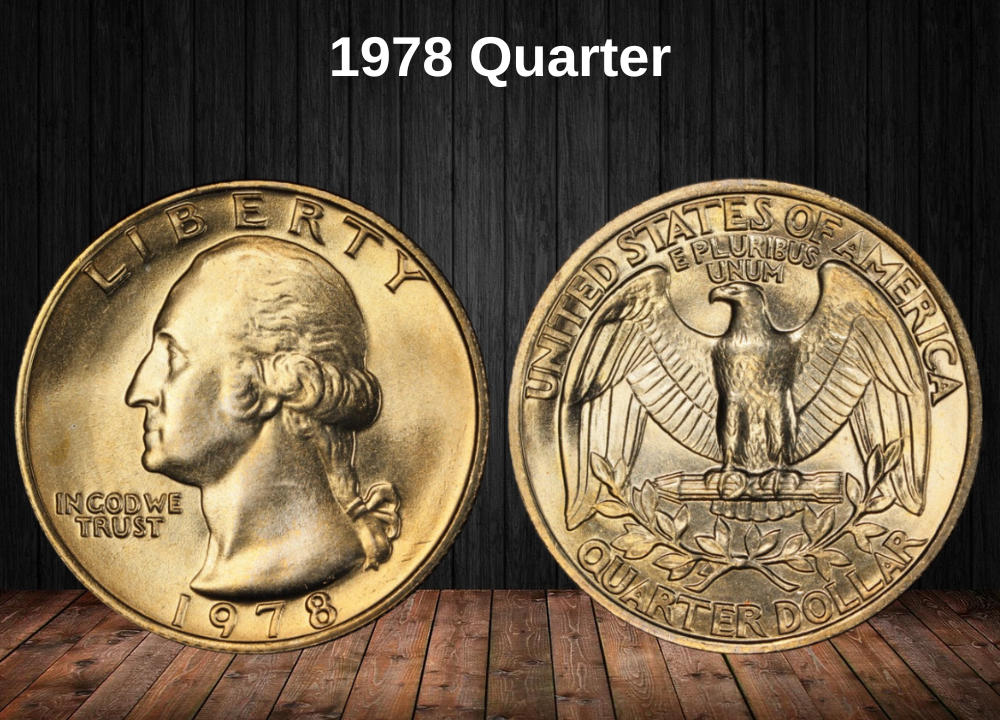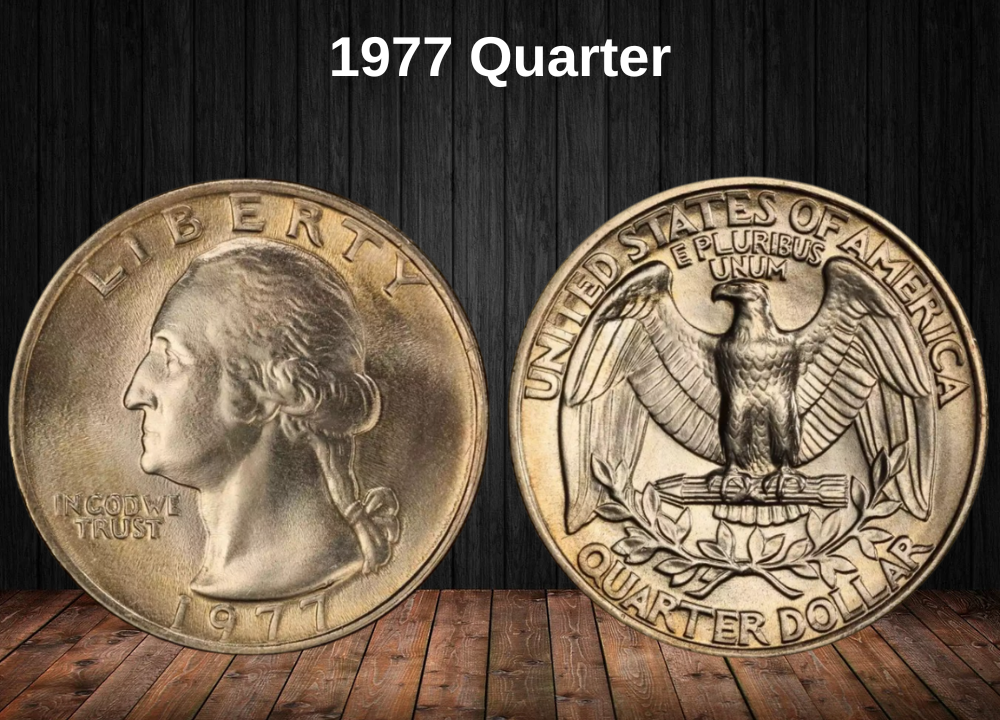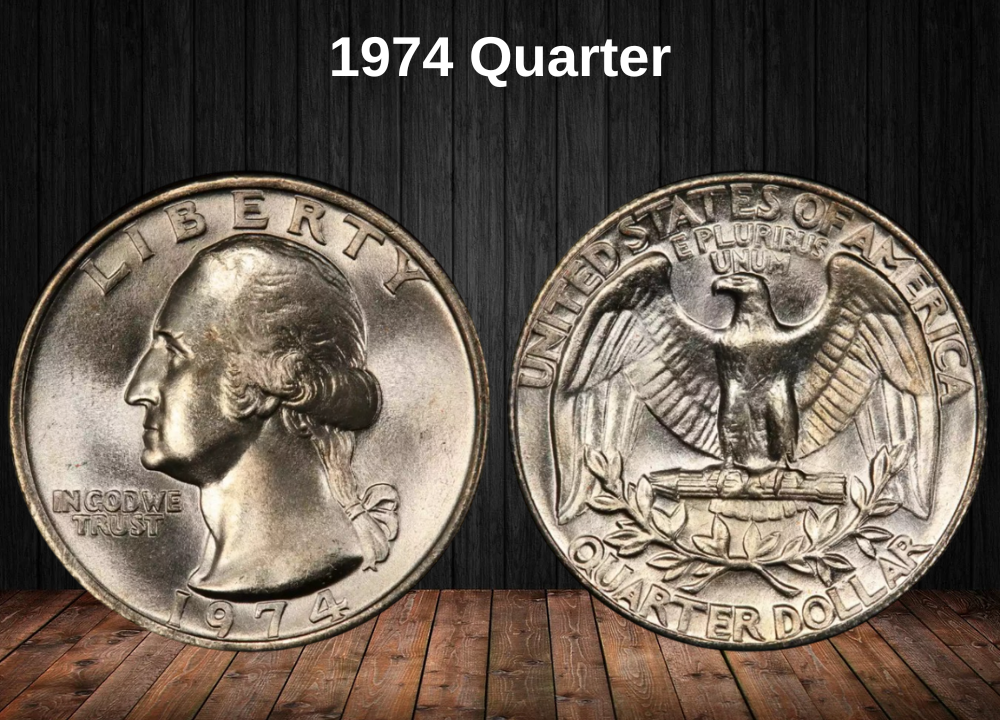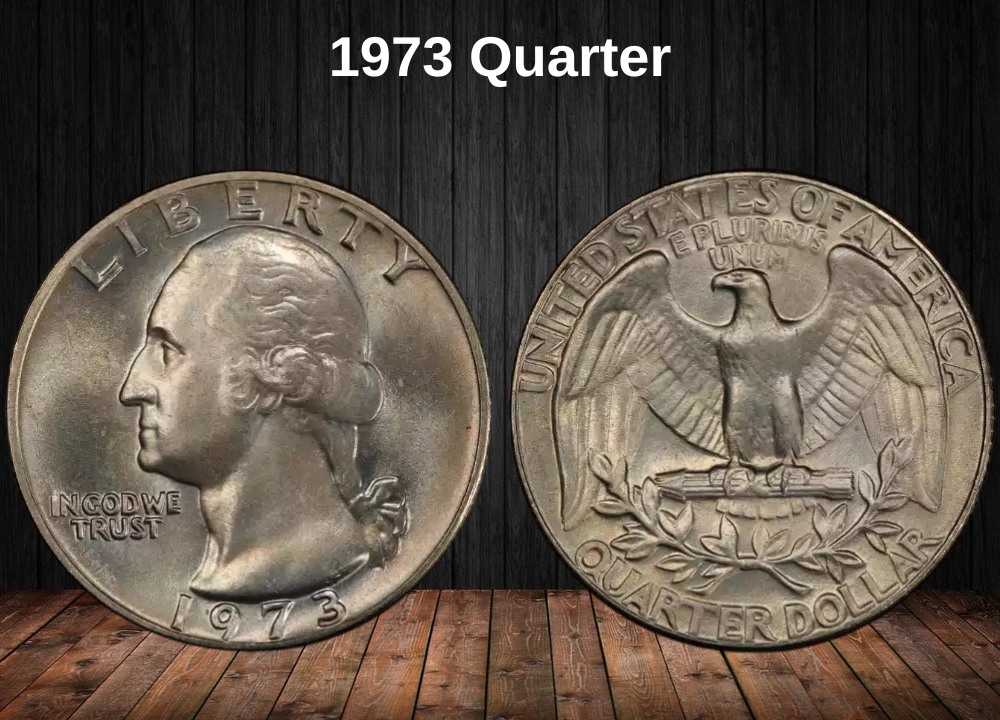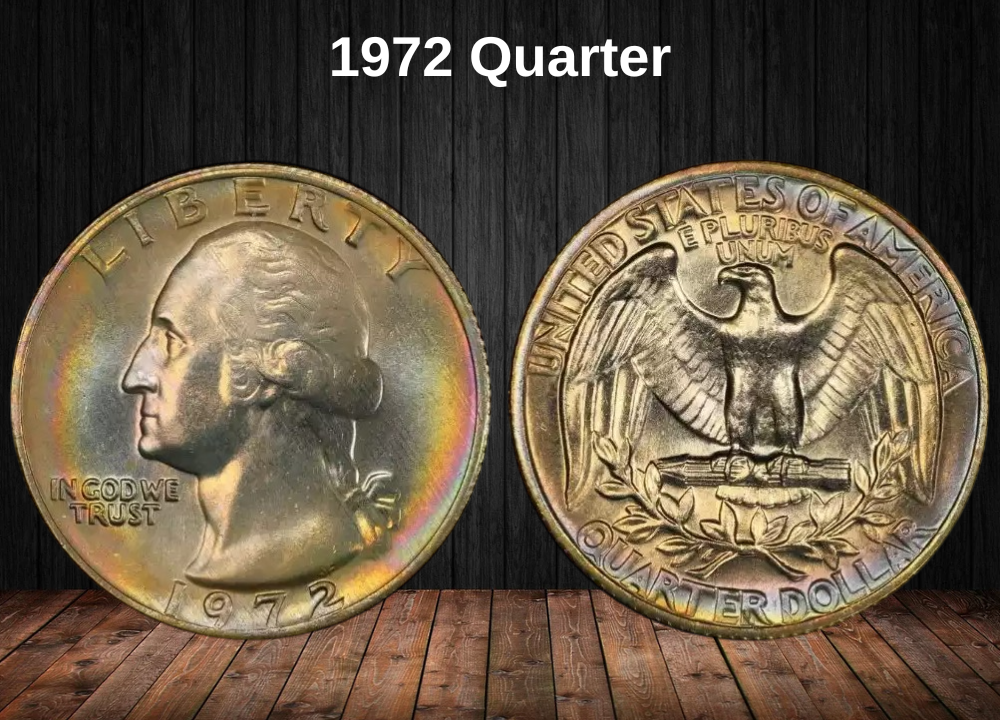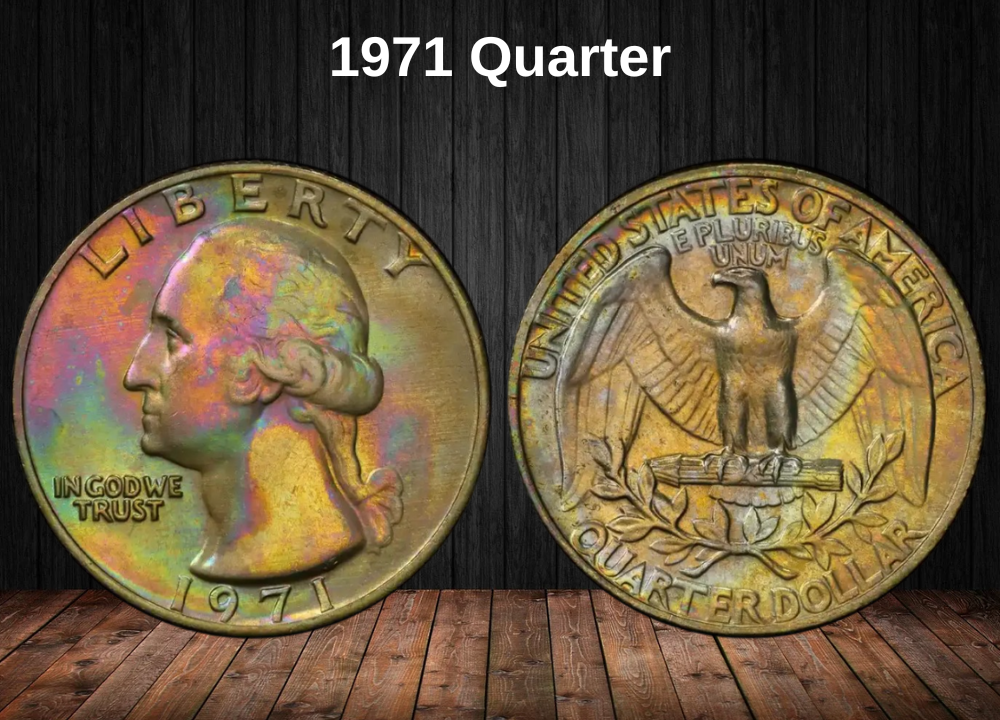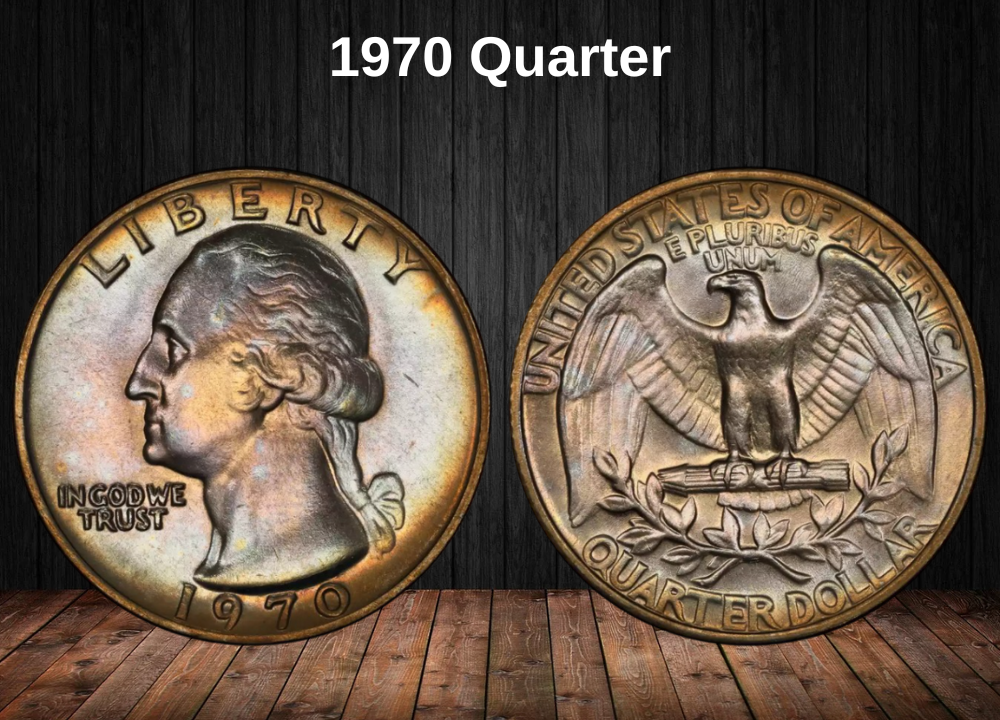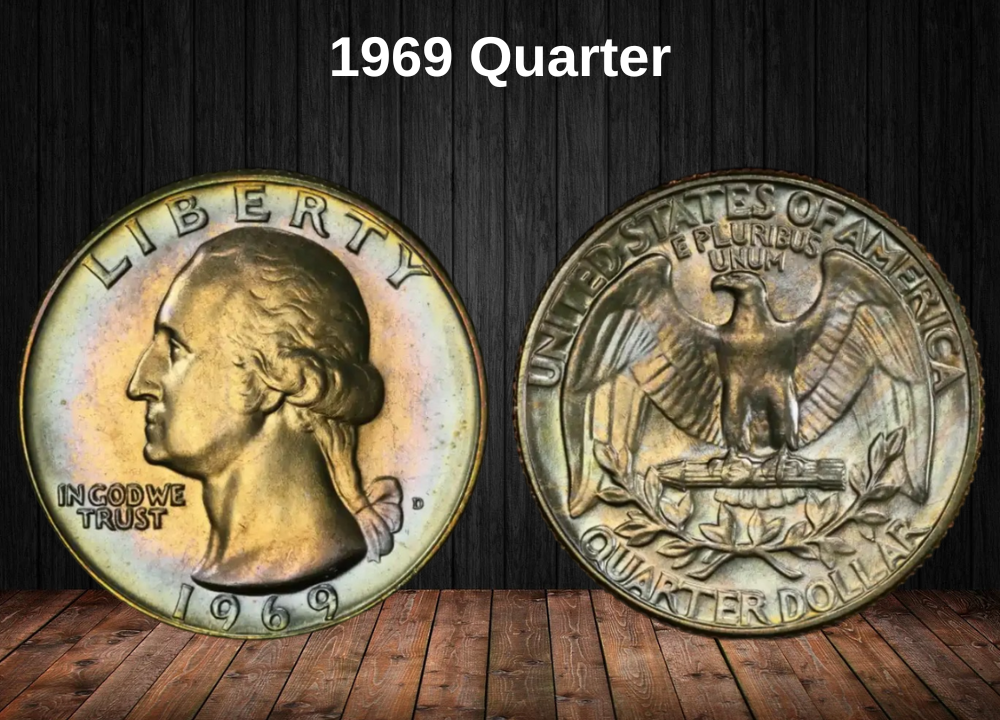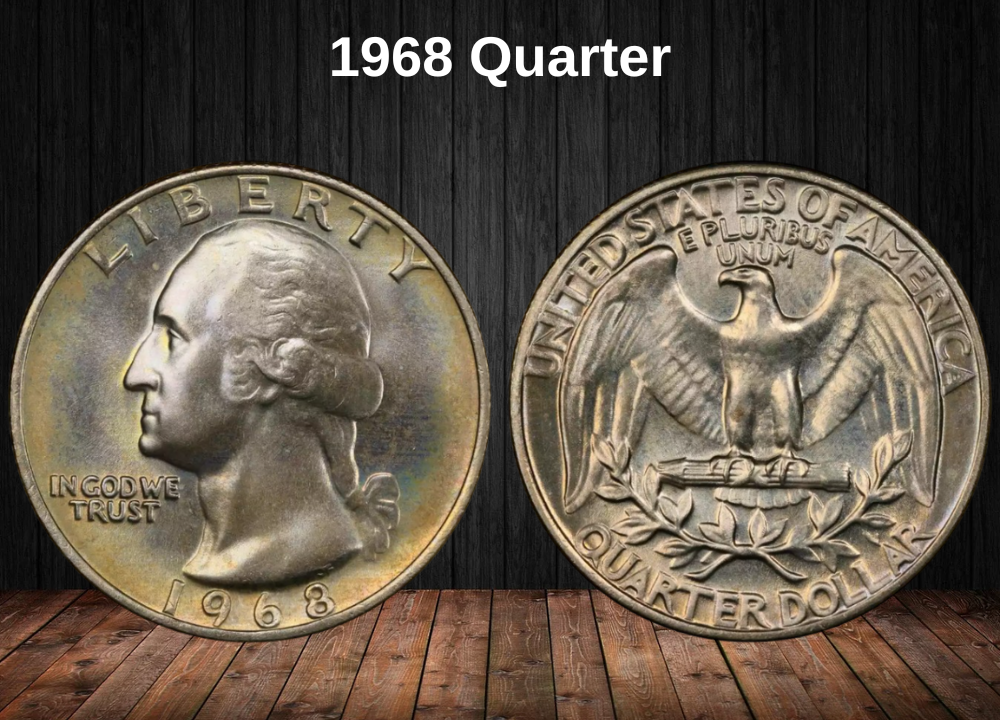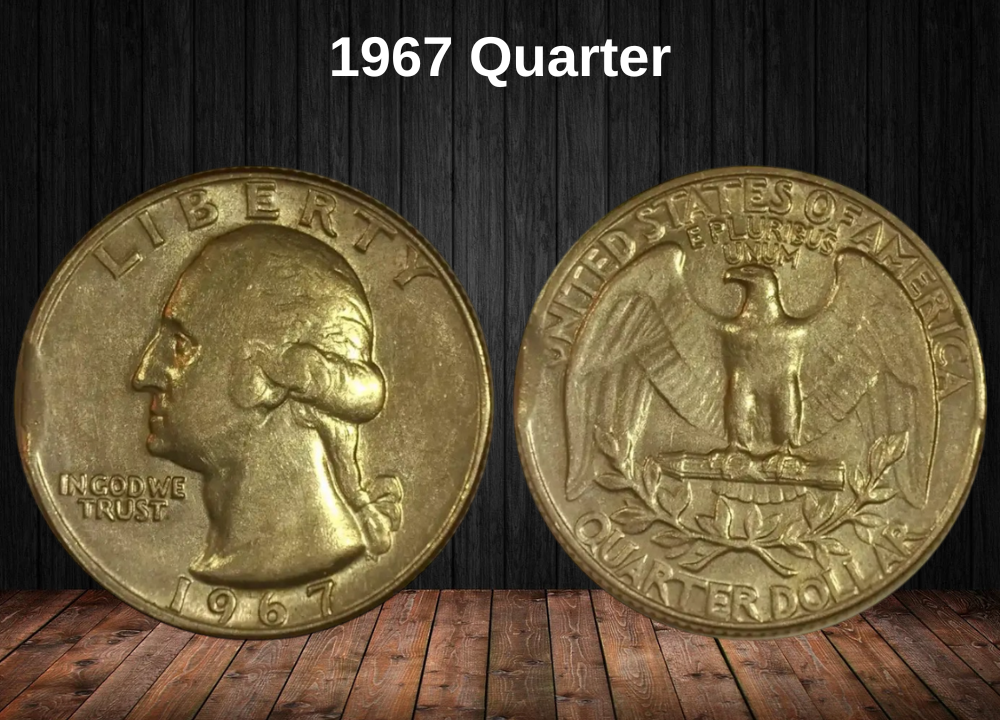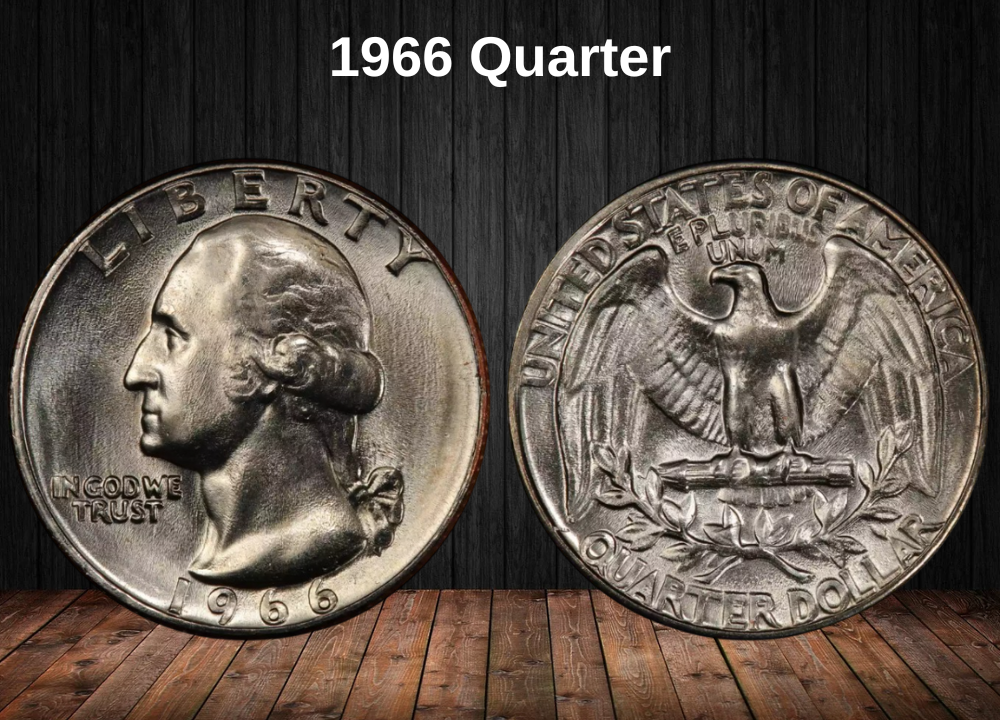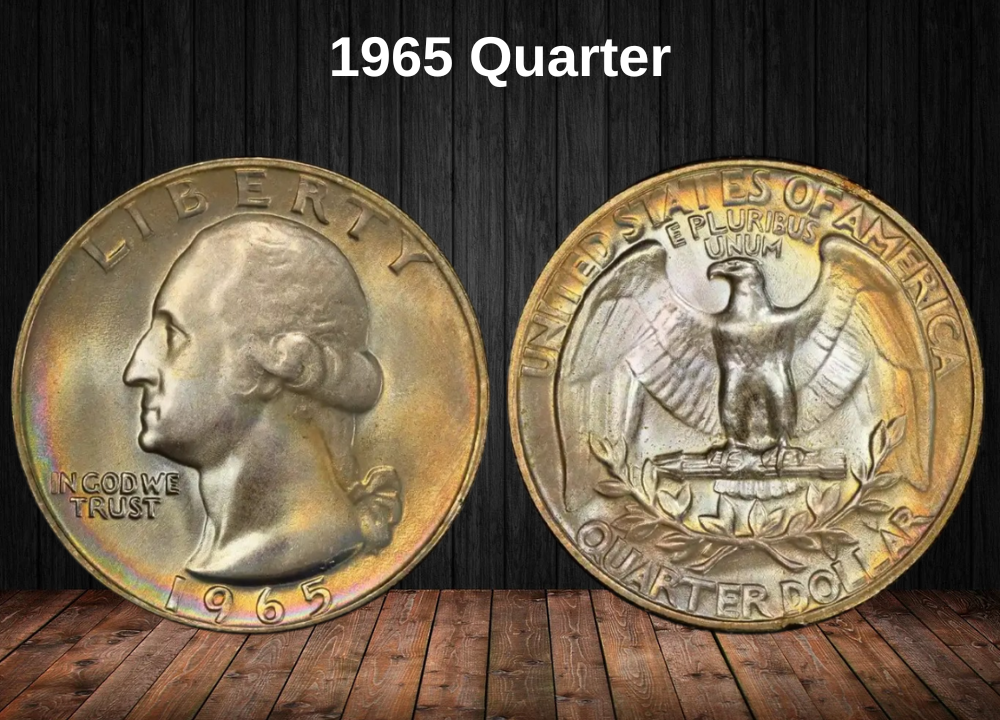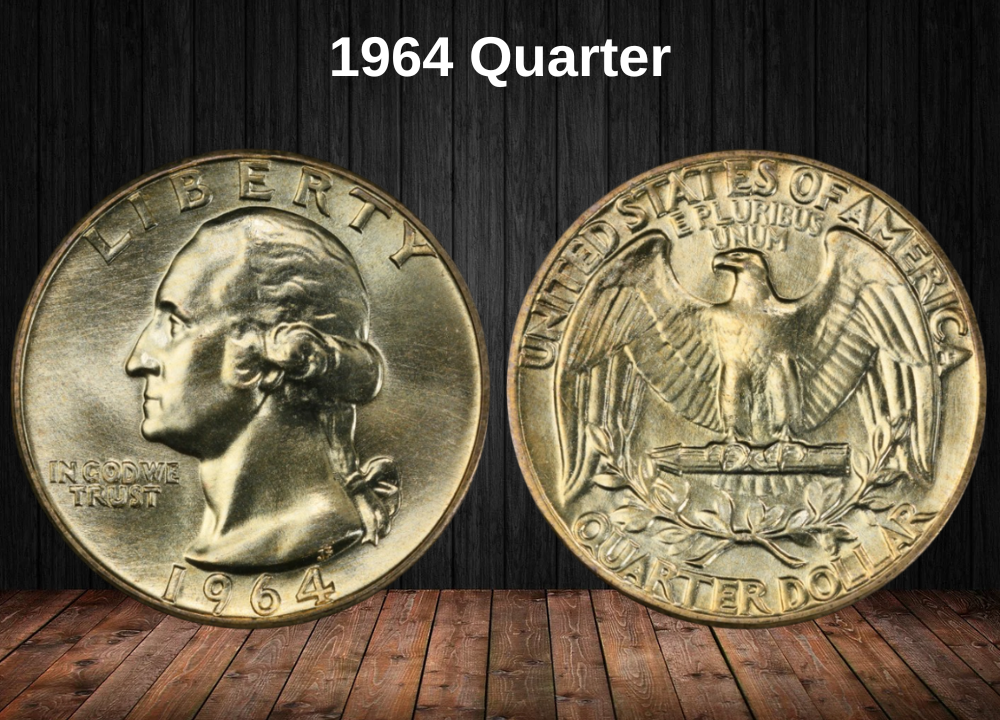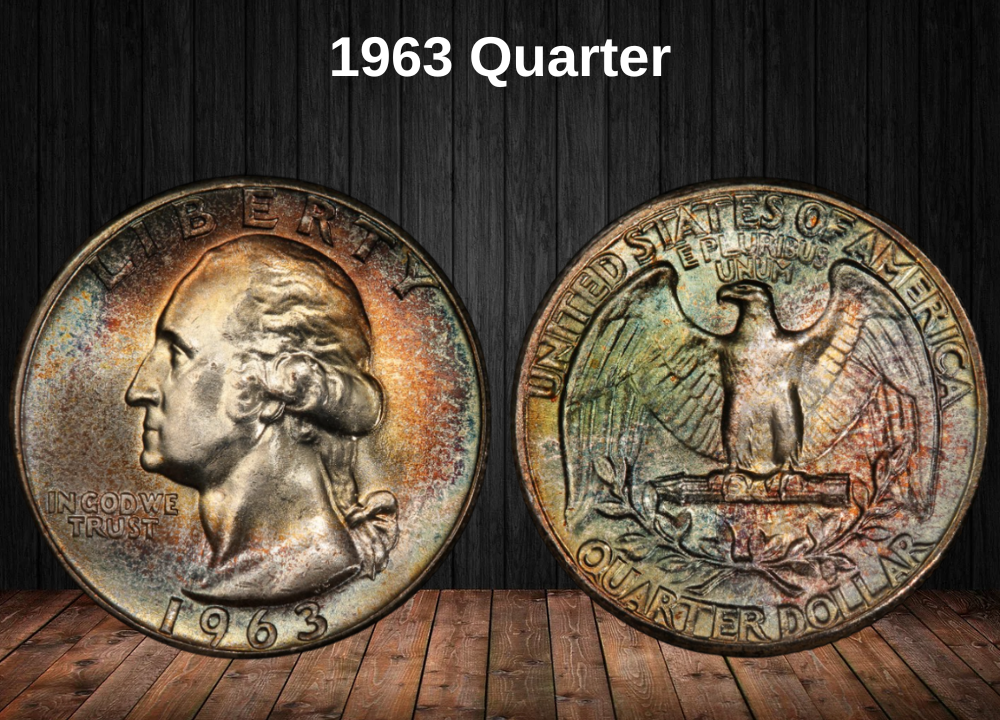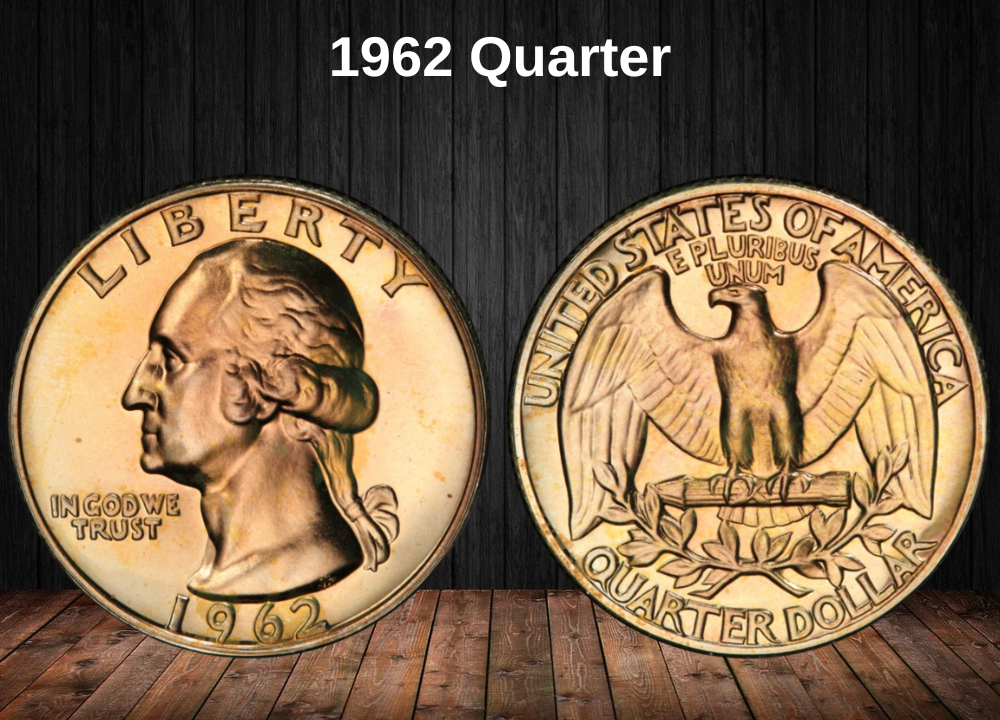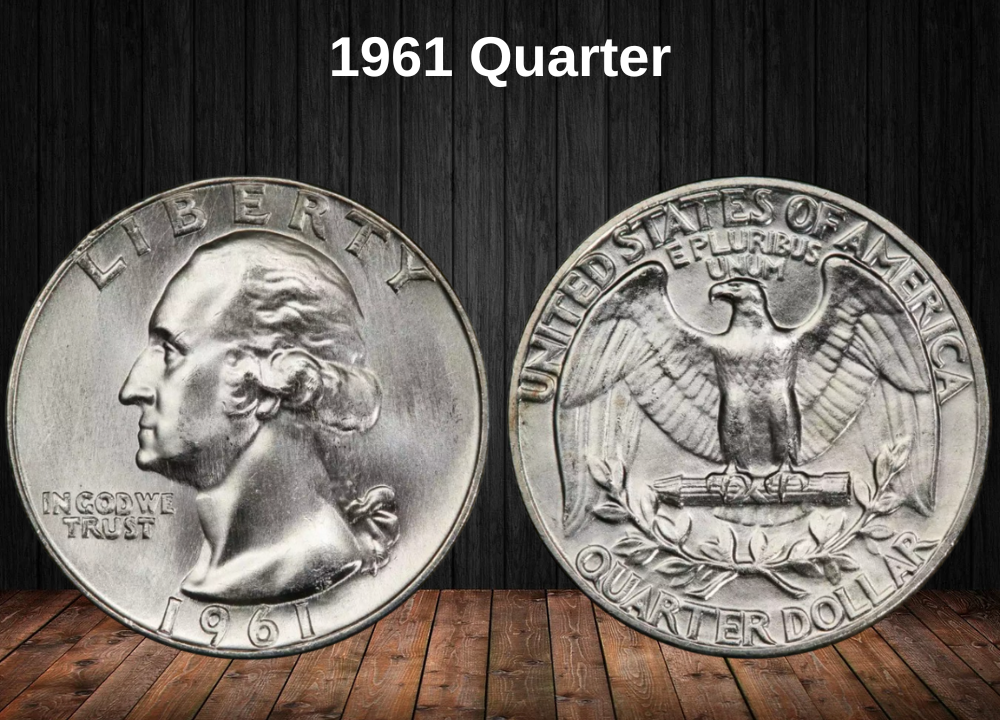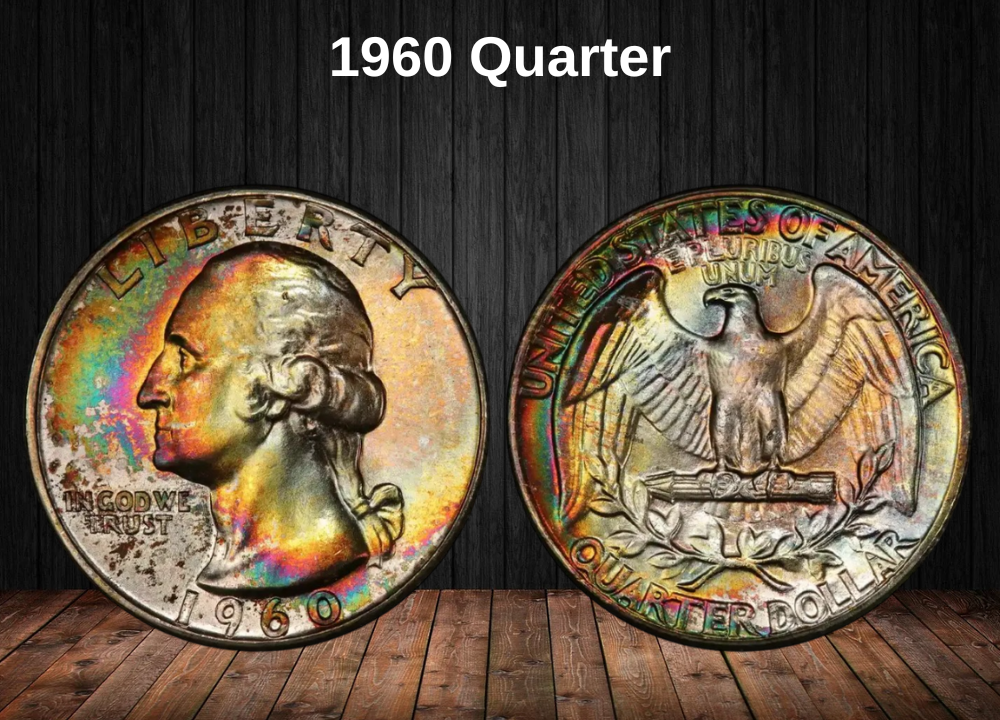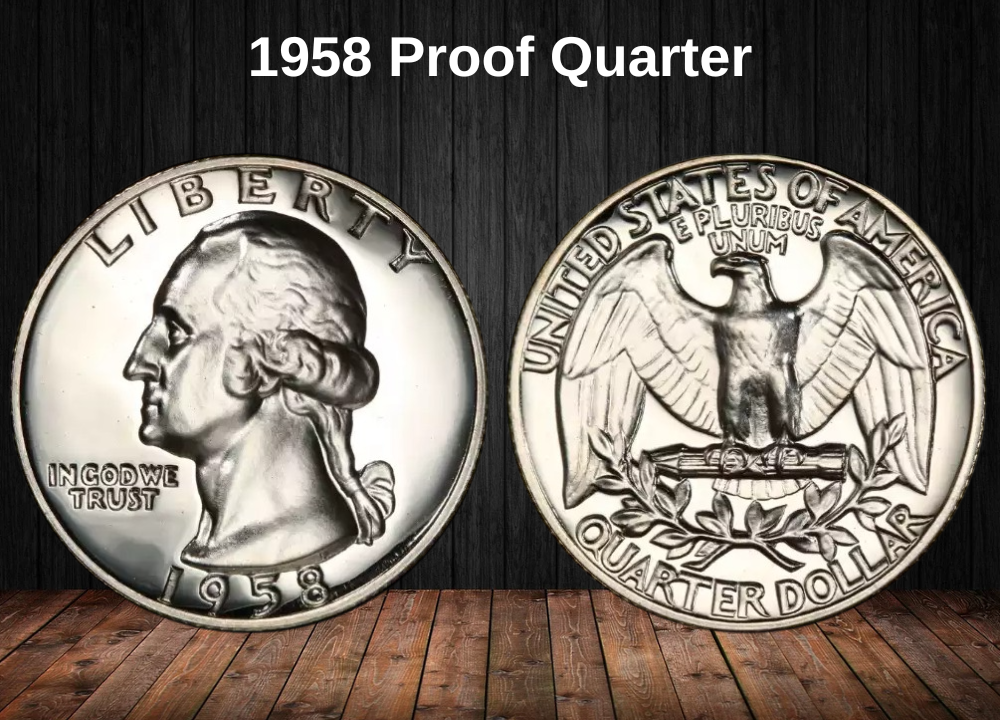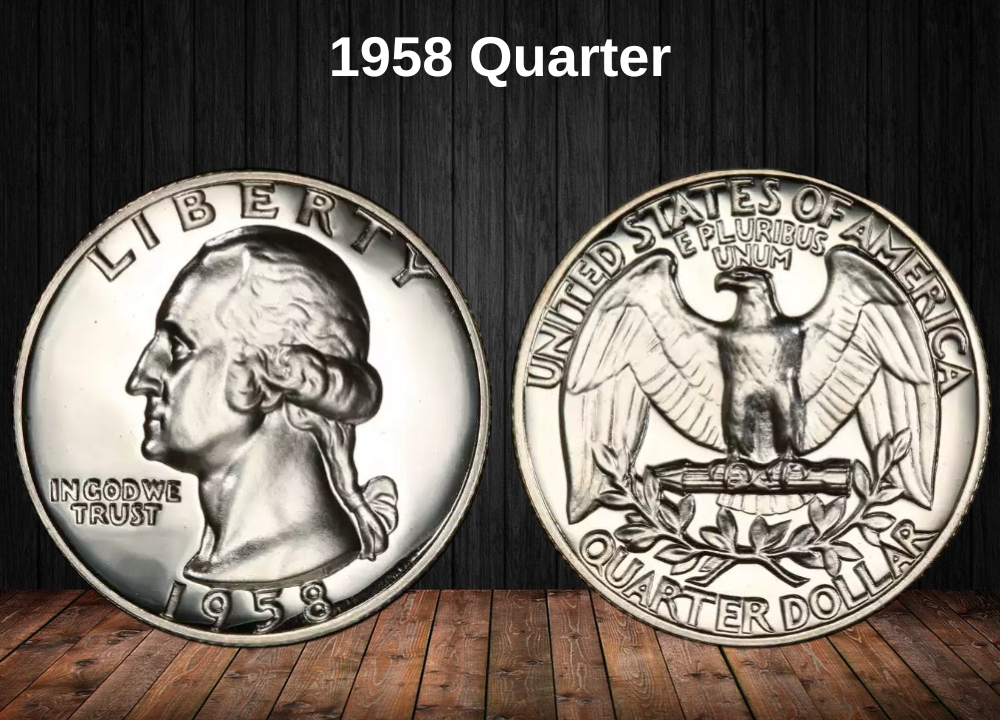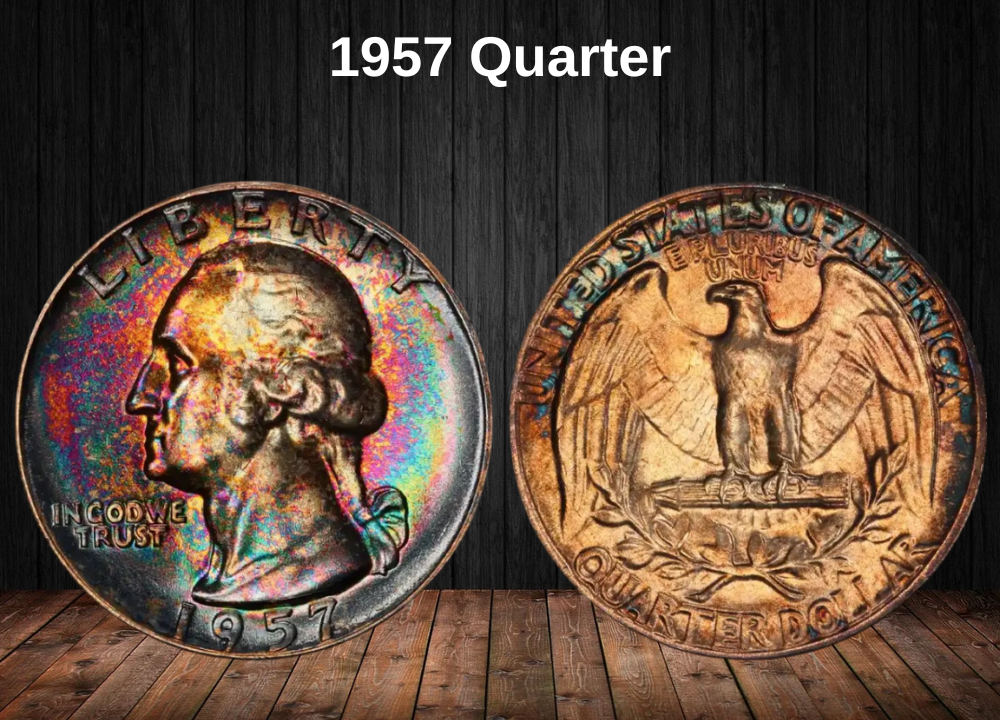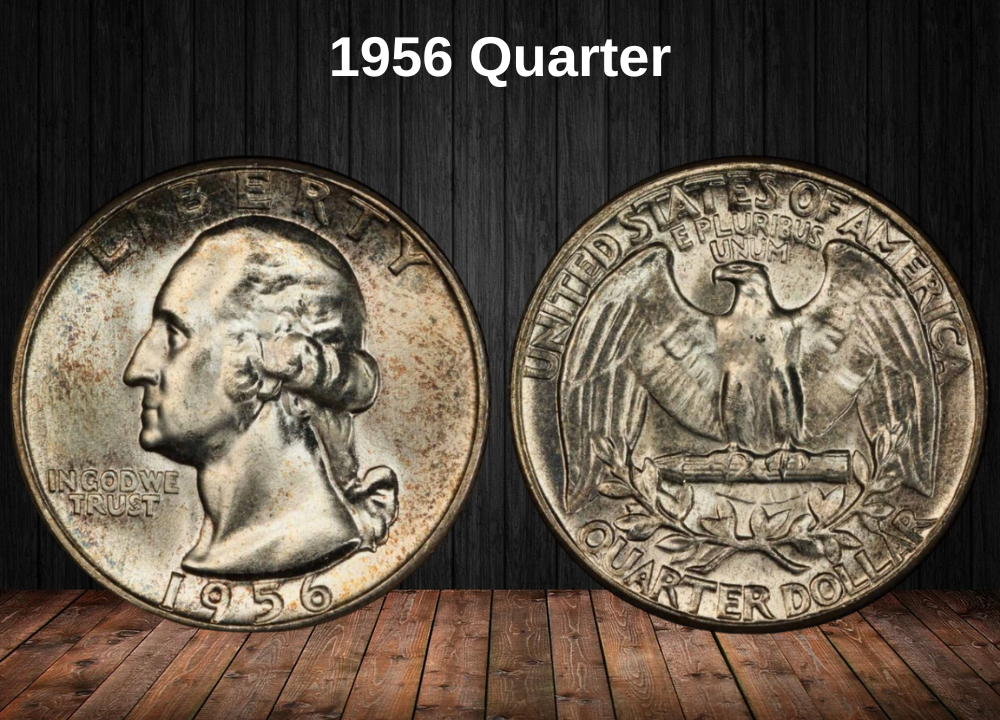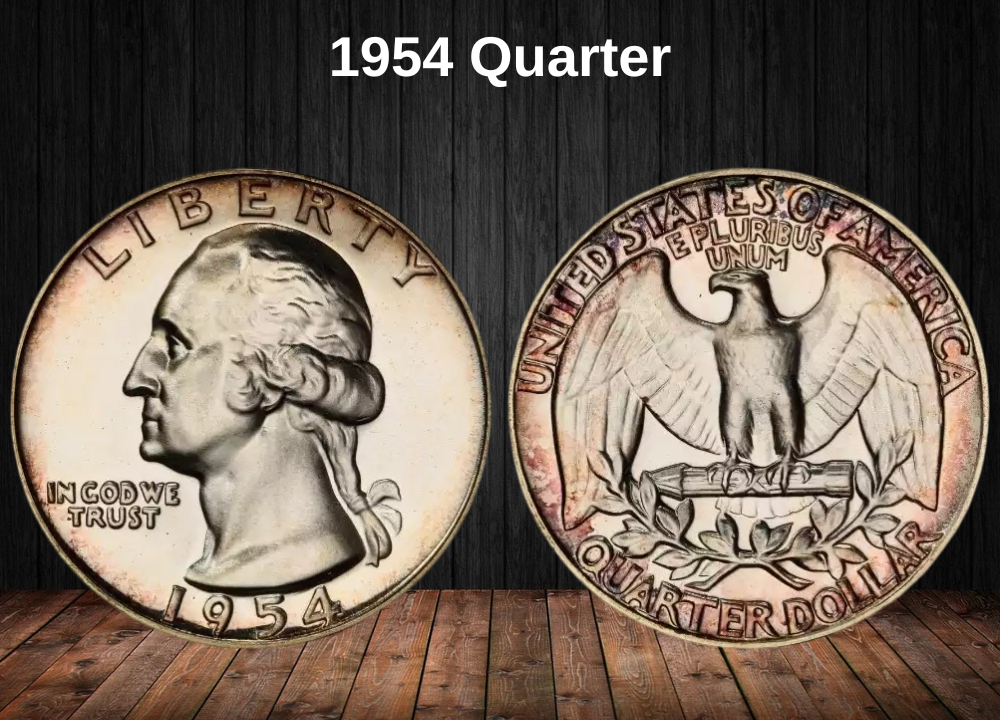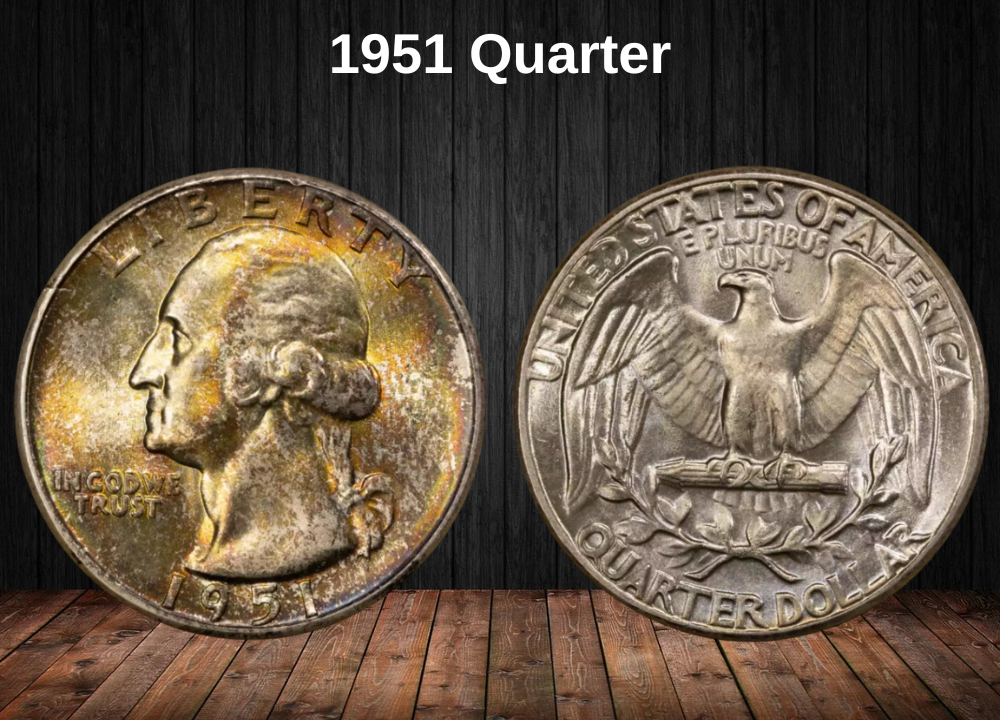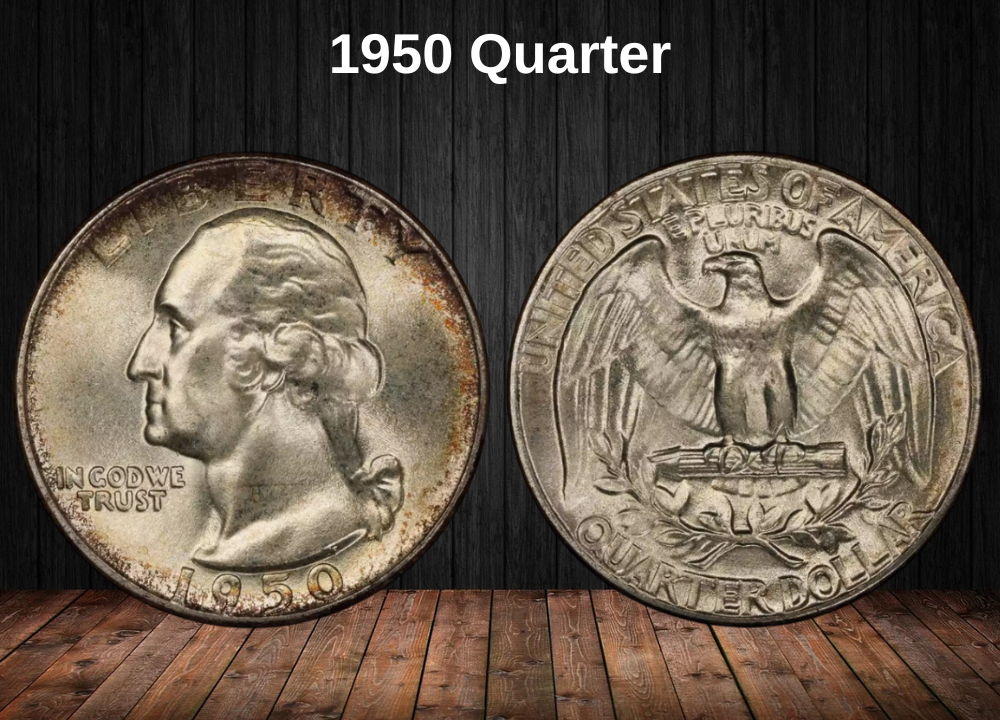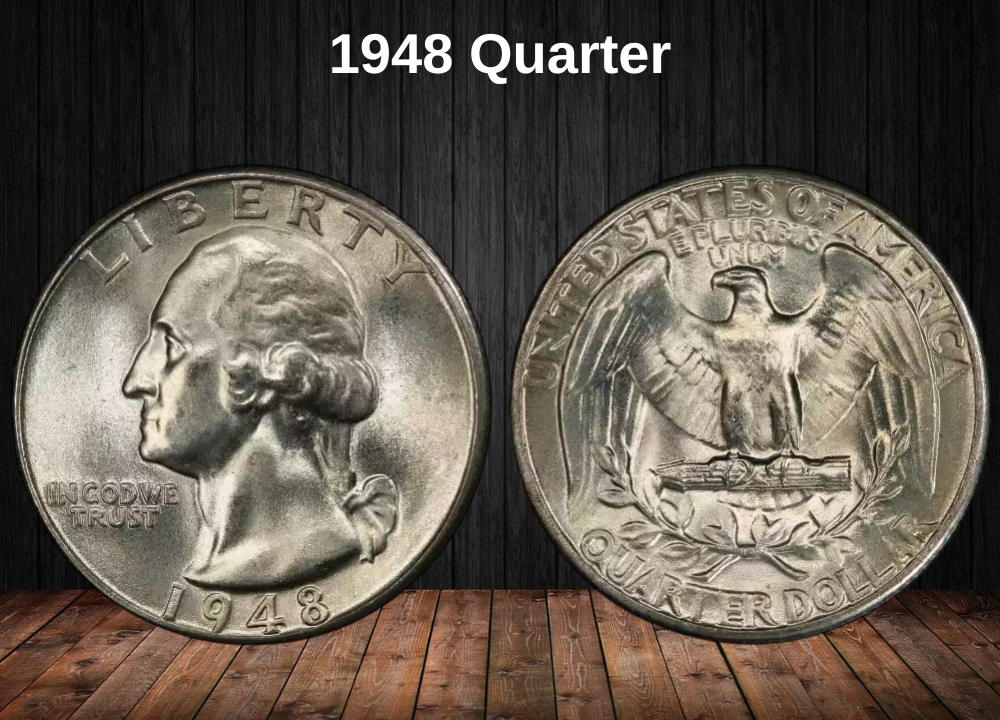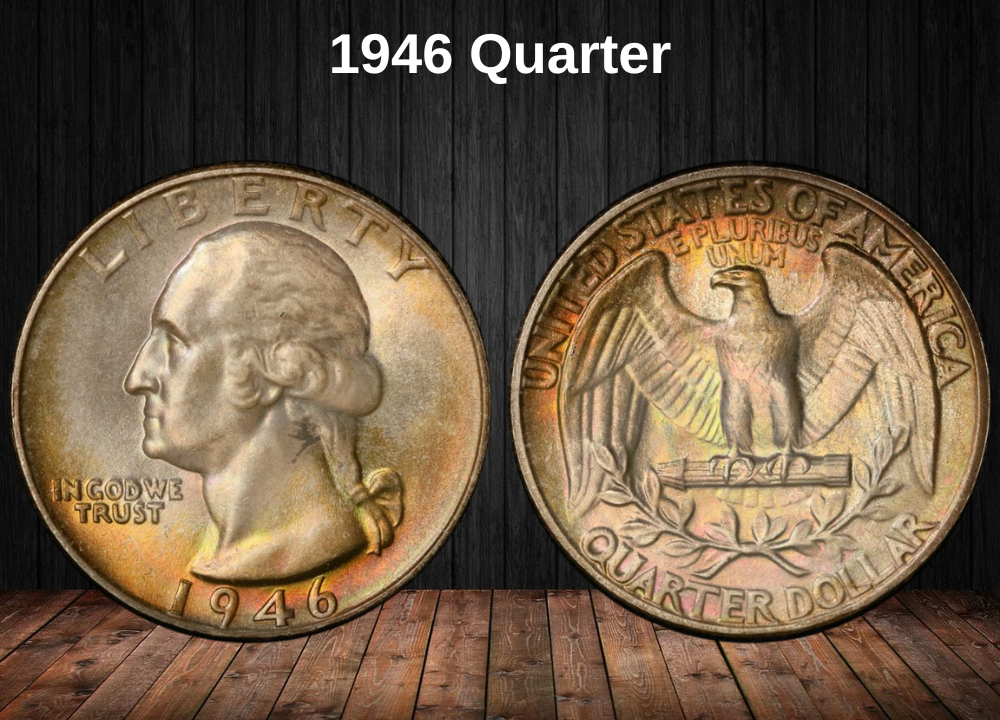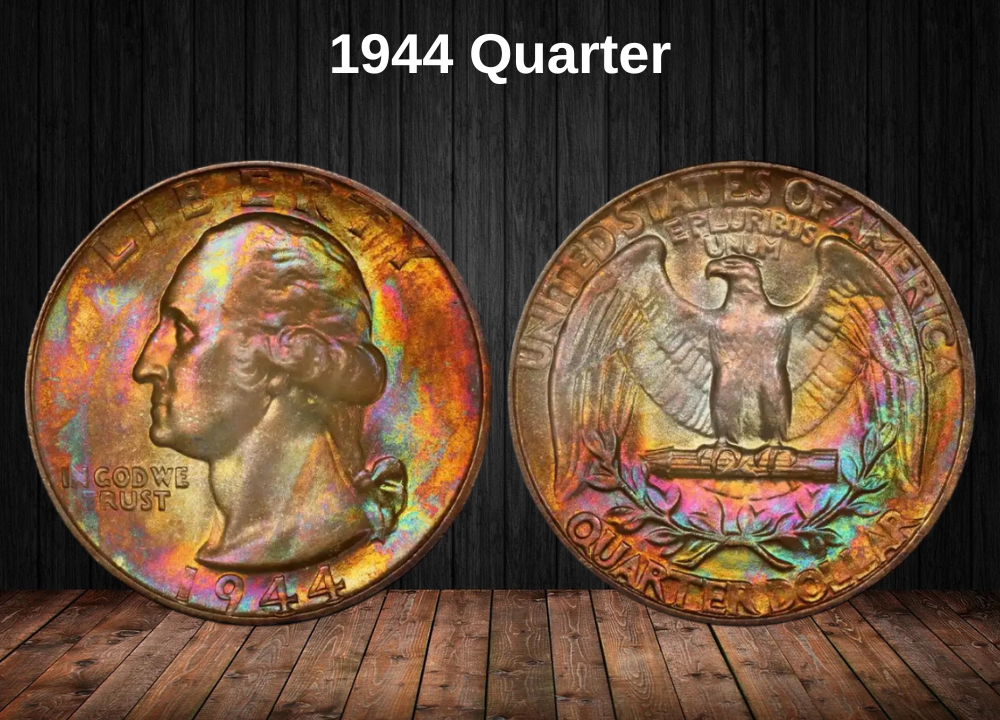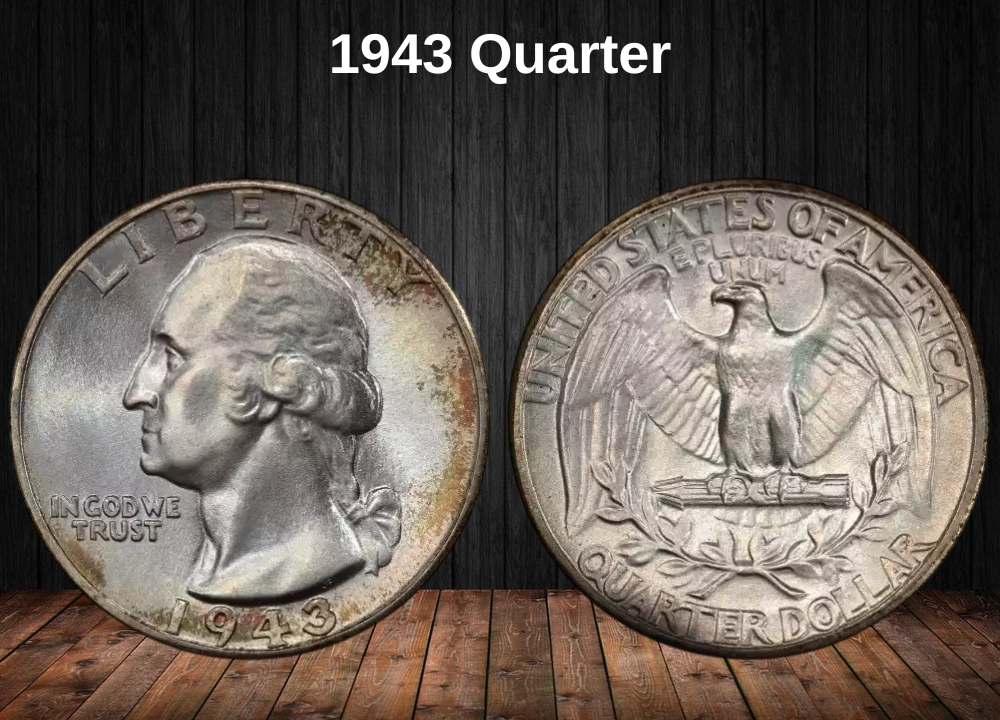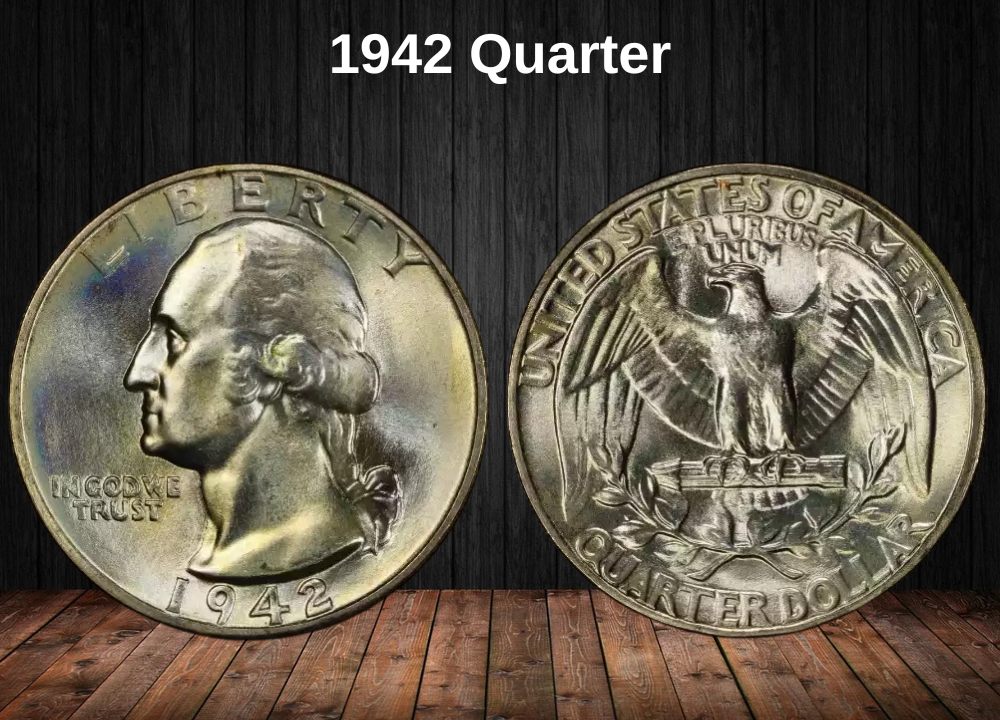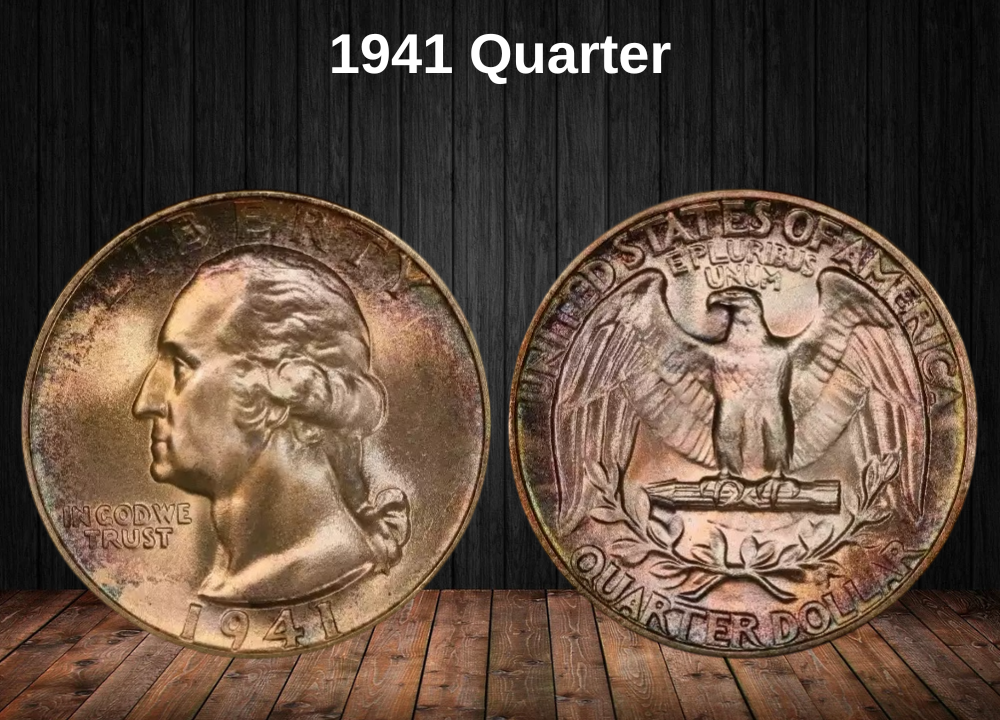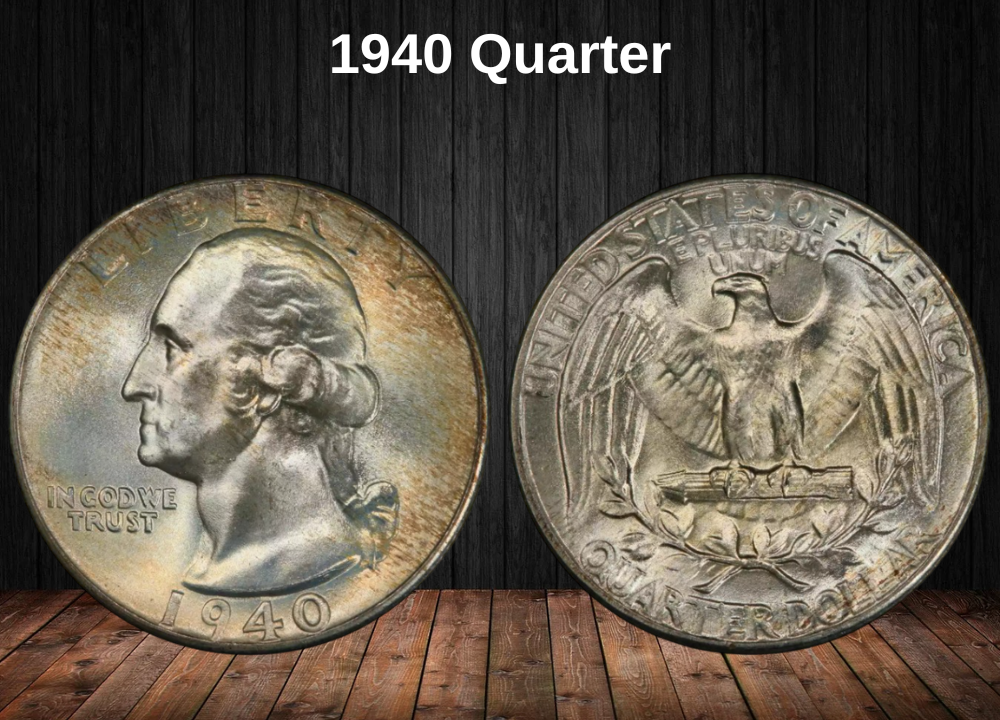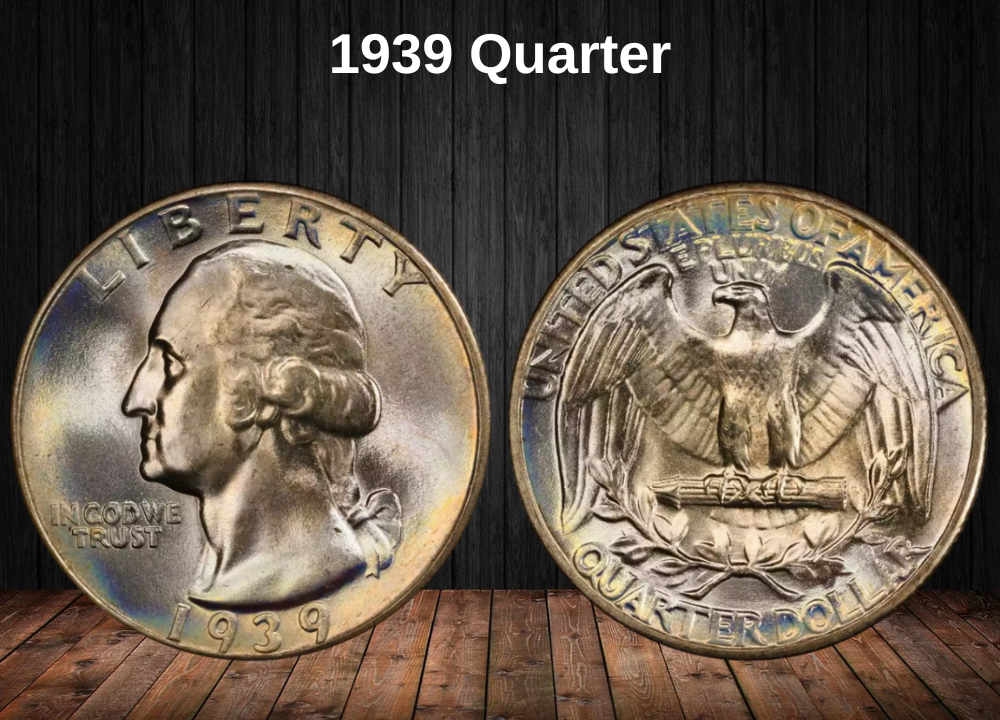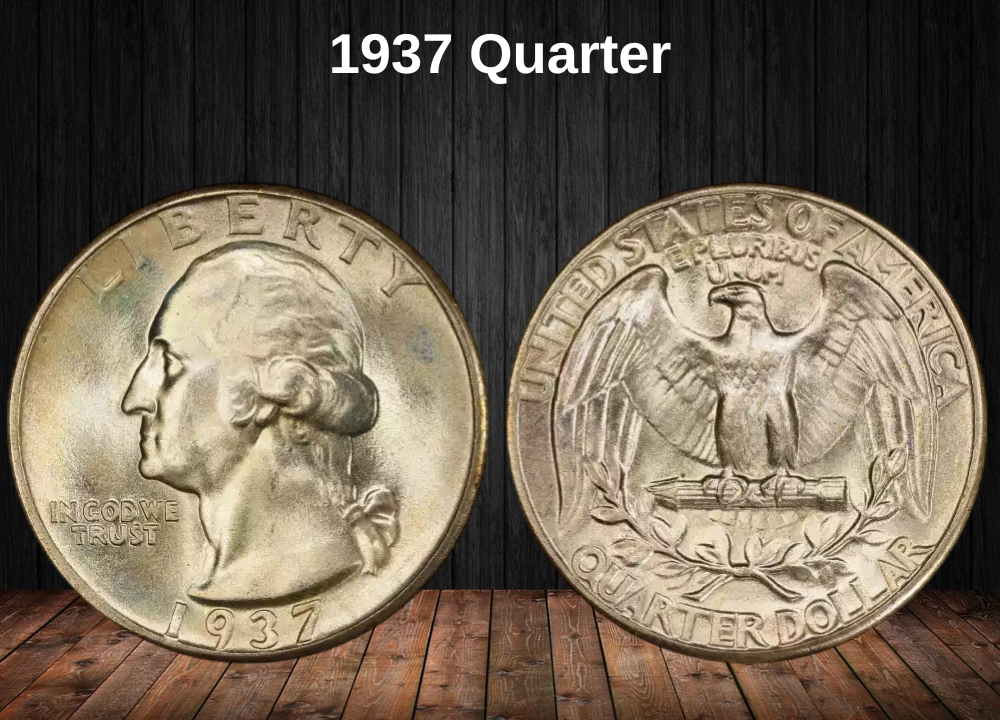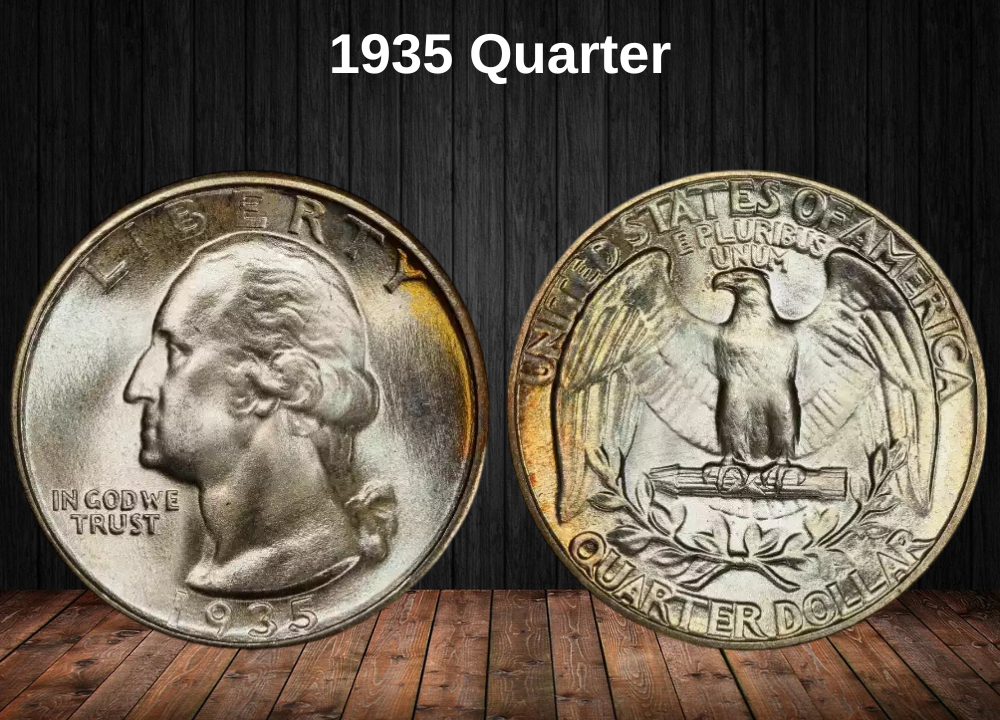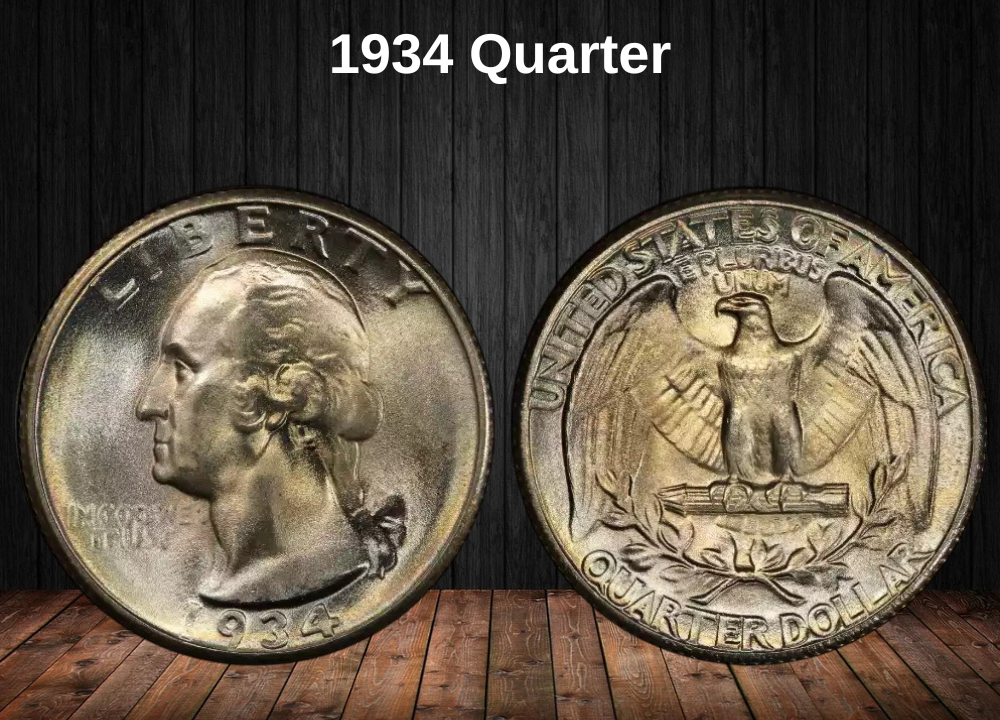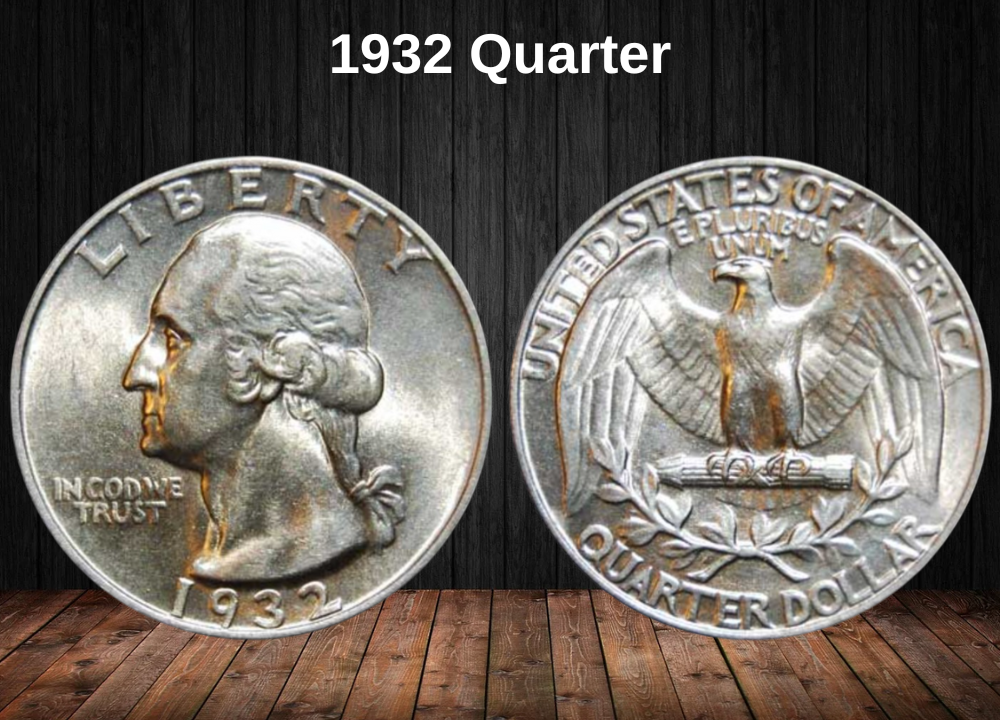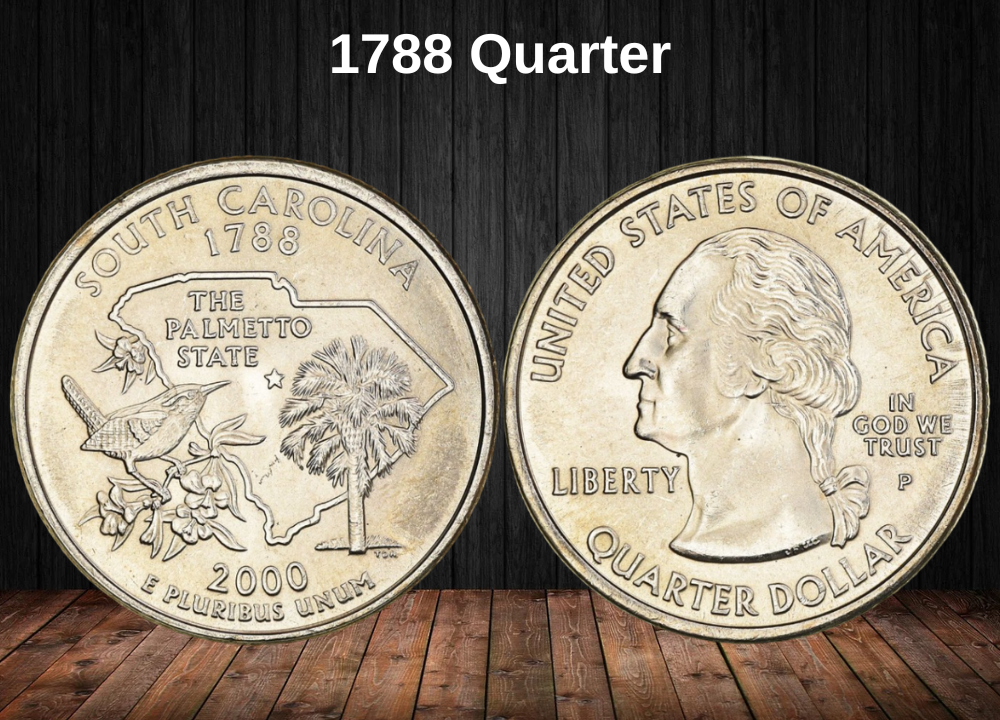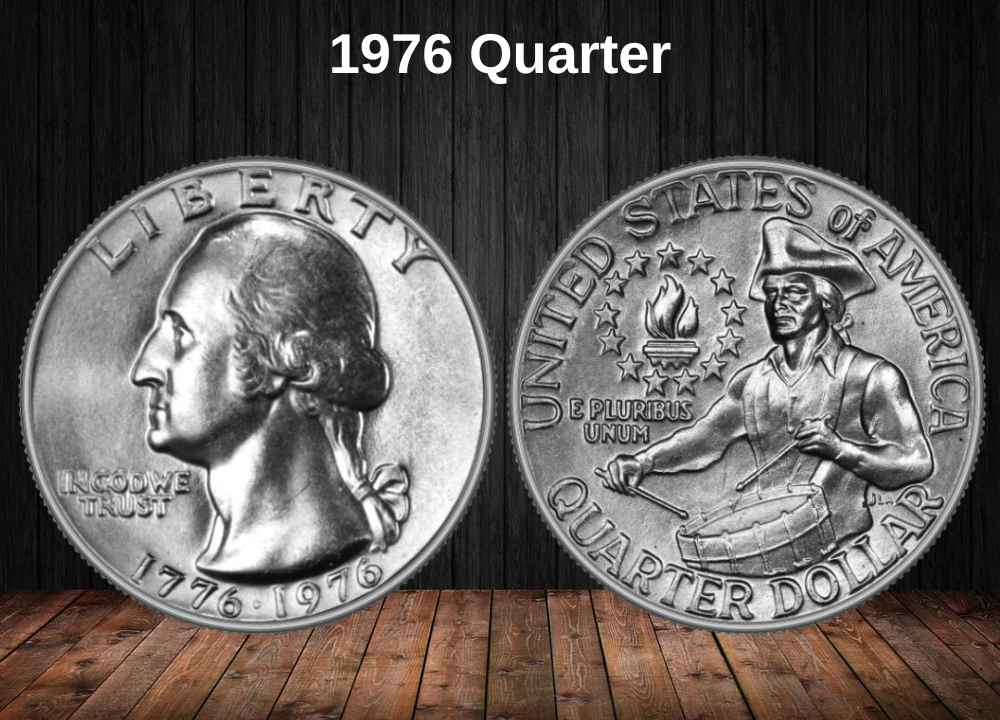Wondering what your 1945 Washington quarter might be worth? You’re not alone. These coins, struck during the closing months of World War II, represent both a piece of American history and a collectible that continues to attract strong interest from numismatists.
For many people, a 1945 quarter may look like just another old coin, but condition, mint mark, and special error varieties can transform an ordinary piece into something truly valuable. Whether you’ve inherited one, discovered it in a coin jar, or are building a Washington quarter set, knowing what drives value is essential.
Below you’ll find a breakdown of how much 1945 quarters are worth today, from well-worn examples trading just above silver melt value to high-grade specimens that can exceed $1,600 at auction.
1945 Quarter Value By Variety
The chart below highlights current market values for each mint variety of the 1945 quarter across different grades.
| Type | Good | Fine | AU | MS | PR |
|---|---|---|---|---|---|
| 1945 No Mint Mark Quarter (Philadelphia) | $6.00 | $6.17 | $7.00 | $26.50 | — |
| 1945-D Quarter (Denver) | $6.79 | $7.83 | $11.50 | $33.00 | — |
| 1945-S Quarter (San Francisco) | $6.00 | $6.17 | $7.00 | $27.17 | — |
History of the 1945 Quarter
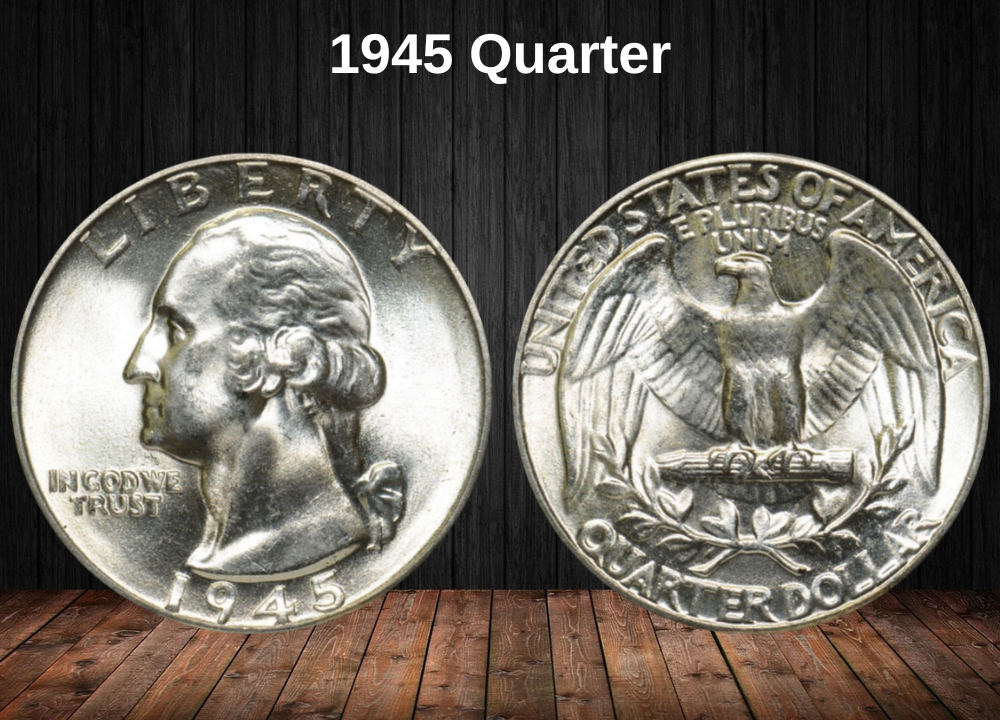
America’s first silver quarters were struck in 1796, and for more than a century and a half these 90% silver coins remained a standard in U.S. coinage—until rising bullion prices forced the Mint to transition to copper-nickel clad coinage in 1965.
The Washington quarter entered the scene in 1932, originally issued to commemorate the 200th anniversary of George Washington’s birth. Although it was planned as a one-year commemorative, the design proved so popular that production resumed in 1934 and has continued uninterrupted ever since.
The 1945 Washington quarter carries particular historical weight. It was struck during the year World War II came to a close, a moment when the United States was transitioning from a wartime economy to peacetime recovery. While mintage totals remained high, they were slightly reduced compared to 1944, reflecting the shifting priorities of the Mint during this pivotal year.
One fascinating aspect of 1945 quarters is how widely values can differ even among coins of the same technical grade. Factors such as strike quality, toning, overall eye appeal, and even the auction venue or marketplace where the coin is sold can cause dramatic price swings. As a result, collectors prize not only the date itself but also the individuality of each surviving example.
Key Features of the 1945 Quarter
The Washington quarter officially replaced the Standing Liberty quarter in 1932, and by 1945 the design had become a familiar part of American coinage. Like all quarters minted before the 1965 composition change, the 1945 issue was struck in .900 fine silver, giving it both collectible and intrinsic metal value.
The Obverse of the 1945 Quarter
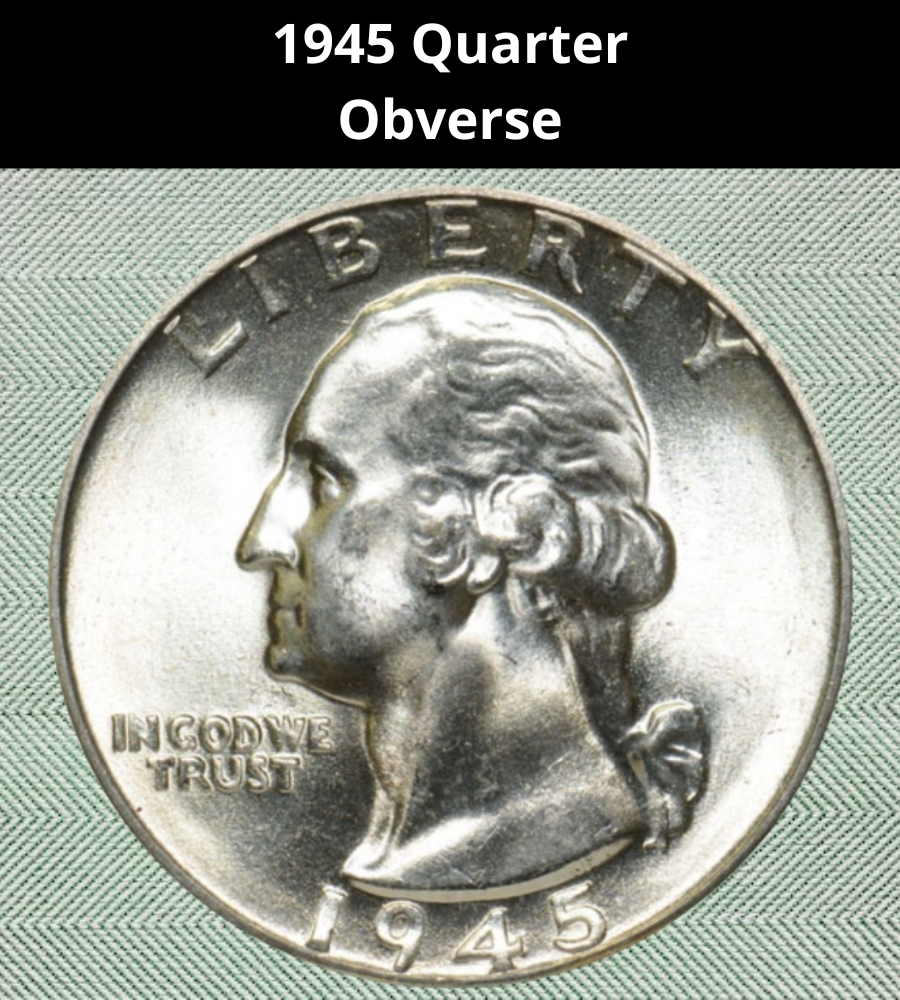
The obverse design features a left-facing portrait of George Washington, created by sculptor John Flanagan. His rendering emphasizes Washington’s authentic hairstyle, complete with the tied ponytail that was characteristic of the period. While based on earlier sculptural work, Flanagan made subtle stylistic changes to adapt the design for coinage.
The inscriptions are arranged as follows:
- LIBERTY arcs across the top rim.
- IN GOD WE TRUST appears in two lines, tucked to the left of Washington’s neck.
- 1945, the year of issue, sits prominently along the lower rim.
- Flanagan’s initials JF are placed at the neckline truncation, a traditional nod to the coin’s designer.
The Reverse of the 1945 Quarter
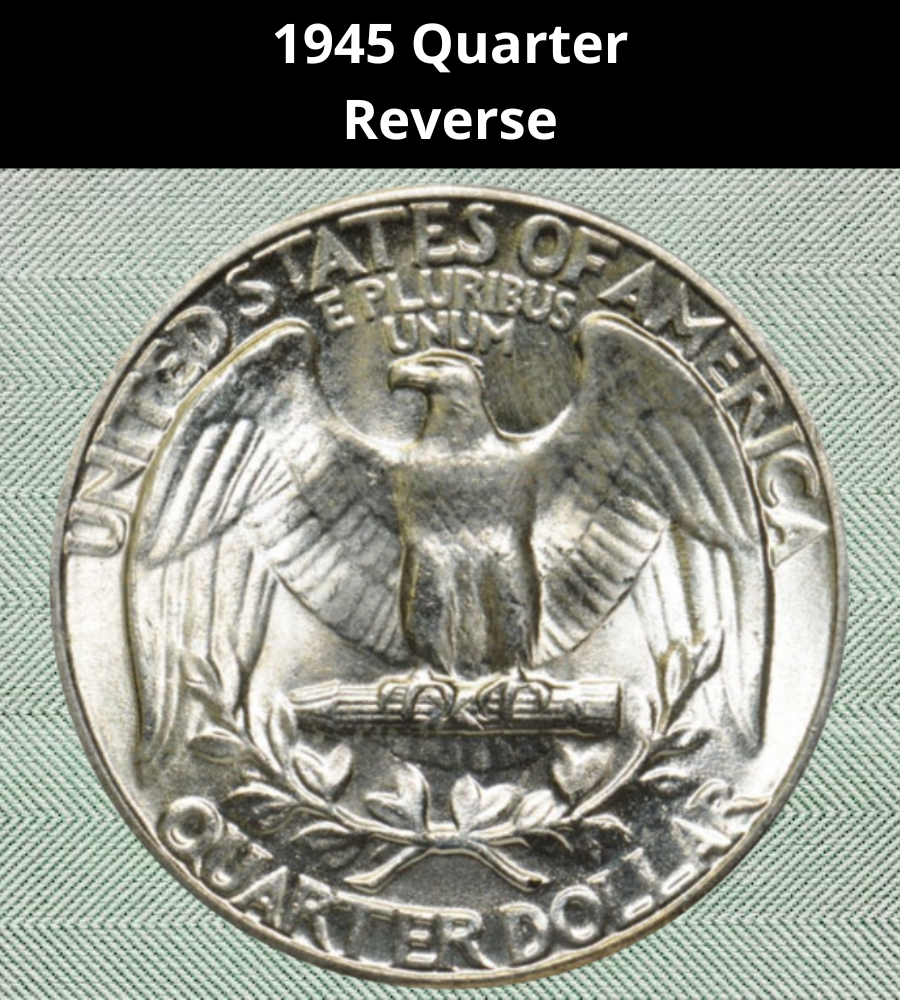
The reverse showcases a powerful heraldic eagle, one of America’s oldest and most enduring national symbols. The bird stands on a bundle of arrows—representing military strength and readiness—while its wings stretch broadly across the coin’s surface. Beneath the arrows rests an olive branch, balancing the design with a symbol of peace.
The inscriptions complete the patriotic message:
- UNITED STATES OF AMERICA curves along the upper rim.
- E PLURIBUS UNUM, the Latin motto meaning “Out of many, one,” is placed just above the eagle.
- QUARTER DOLLAR designates the denomination along the lower edge.
- Coins struck in Denver (D) and San Francisco (S) carry their mint marks beneath the olive branches. Philadelphia issues were left unmarked, consistent with the Mint’s practice at the time.
Other Specifications
All 1945 quarters share the following physical characteristics:
- Composition: 90% silver, 10% copper
- Silver weight: 0.1808 troy ounces (5.623 g)
- Total weight: 6.25 g (0.2009 troy ounces)
- Diameter: 24.3 mm (0.9567 inches)
- Thickness: 1.75 mm (0.0687 inches)
- Edge: Reeded, with 119 reeds
1945 Quarter Grading
Accurate grading is essential when evaluating a 1945 Washington Quarter, as condition alone can shift its value from just a few dollars to well over $1,600. The most important elements to inspect are Washington’s hair curls, cheekbone, and jawline on the obverse, as well as the eagle’s breast and wing feathers on the reverse. These high-relief points are the first to show wear from circulation.
1945 Quarter Grading Scale
| Grade | Description | Typical Value Range |
|---|---|---|
| Good (G-4) | Heavy wear with most fine details flattened. LIBERTY and IN GOD WE TRUST are visible but faint. The eagle appears flat with little feather definition. | $6 – $8 |
| Fine (F-12) | Moderate wear with some hair detail visible on Washington. Eagle feathers show light outlines but lack sharpness. All legends remain readable. | $10 – $15 |
| About Uncirculated (AU-50 to AU-58) | Light wear confined to the highest points such as Washington’s cheekbone and the eagle’s breast. Much of the original mint luster remains. | $20 – $50 |
| Mint State (MS-60 to MS-67+) | No circulation wear. Full strike details visible in Washington’s hair and the eagle’s wings. Surface may show minor bag marks, but premium luster and eye appeal remain. Top grades can exceed $1,600. | $75 – $1,600+ |
1945 Quarter Value Guides
1945 No Mint Mark Quarter Value
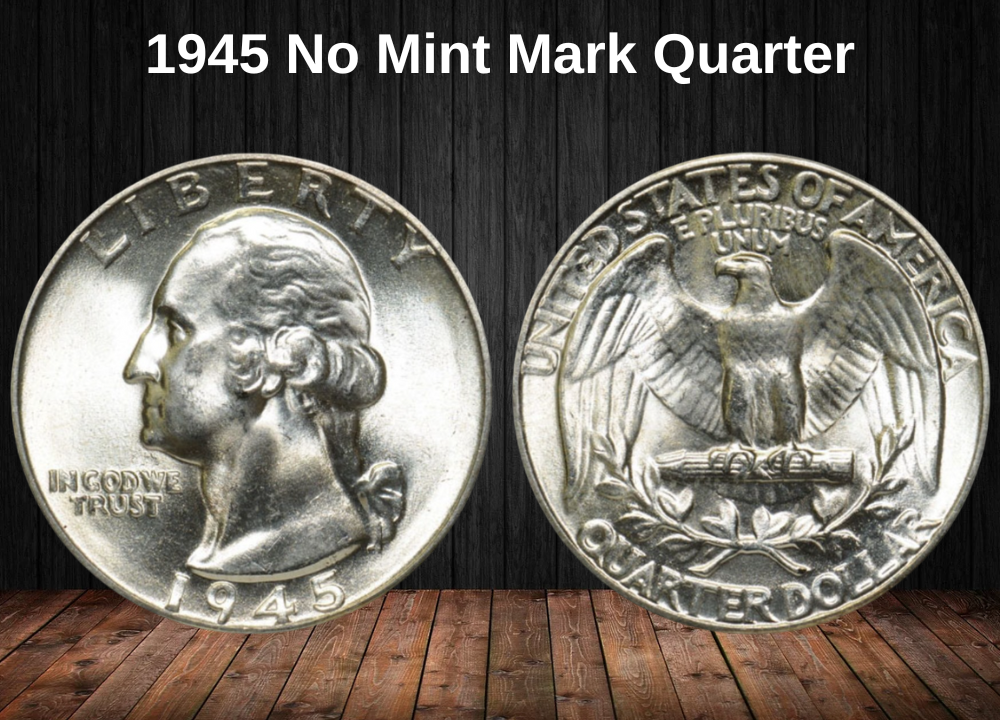
The 1945 Philadelphia quarter represents the workhorse of U.S. coinage during the closing months of World War II and the early post-war recovery. With more than 74 million pieces struck, it was by far the most heavily produced Washington quarter of the year.
These coins circulated widely in everyday commerce, fueling a recovering economy as American industries shifted from wartime to peacetime production. Because of this heavy circulation, most surviving examples are found in lower grades, and coins with sharp details and strong original mint luster are surprisingly scarce today.
While common in worn condition, Mint State specimens remain highly collectible and can command strong premiums at auction. Philadelphia’s lack of a mint mark—standard for the era—makes the reverse appear clean and uncluttered, which many collectors appreciate aesthetically.
1945 No Mint Mark Quarter Price/Grade Chart
Price by 1–70 Grade (Latest Auction Records Included)
Updated: 2025-09-18 03:35:59
| Date | Auction House | Price | Grade |
|---|---|---|---|
| 01/25 | SB | $192 | 67 |
| 07/23 | HA | $600 | 67 |
| 05/23 | HA | $324 | 67 |
| 01/23 | DL | $70 | 64 |
| 11/22 | HA | $300 | 67 |
| 11/22 | DL | $70 | 66 |
| 08/22 | HA | $94 | 66 |
| 07/22 | DL | $70 | 66 |
| 07/22 | HA | $384 | 67 |
| 05/22 | HA | $312 | 67 |
1945-D Quarter Value
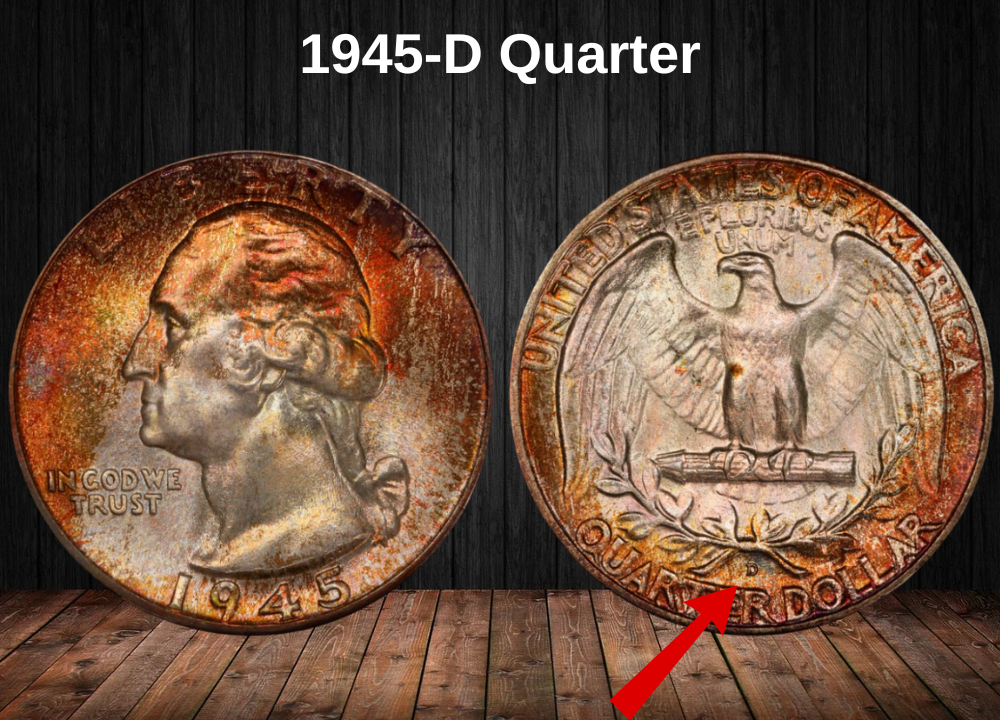
The 1945-D Washington quarter holds special appeal as the lowest-mintage issue of its year, with the Denver Mint striking just 12.3 million coins—a fraction of Philadelphia’s massive output. This relative scarcity immediately places the 1945-D in higher demand among collectors who prefer tougher dates within the Washington quarter series.
Denver’s production quality during this period often resulted in coins with slightly sharper strikes and different die characteristics compared to those from Philadelphia or San Francisco. While circulated examples remain fairly accessible, high-grade Mint State specimens are significantly harder to come by and command solid premiums.
For advanced collectors, the 1945-D represents the perfect blend of affordability in lower grades and real challenge at the gem level, making it a cornerstone piece for a complete wartime Washington quarter set.
1945-D Quarter Price/Grade Chart
Price by 1–70 Grade (Latest Auction Records Included)
Updated: 2025-09-18 03:35:59
| Date | Auction House | Price | Grade |
|---|---|---|---|
| 07/24 | SB | $45 | 66 |
| 06/24 | SB | $85 | 66 |
| 07/23 | SB | $100 | 66 |
| 05/23 | HA | $55 | 66 |
| 05/23 | SB | $660 | 67 |
| 03/23 | SB | $312 | 67 |
| 03/23 | SB | $288 | 67 |
| 03/23 | HA | $276 | 67 |
| 03/23 | HA | $300 | 67 |
| 12/22 | SB | $240 | 67 |
1945-S Quarter Value
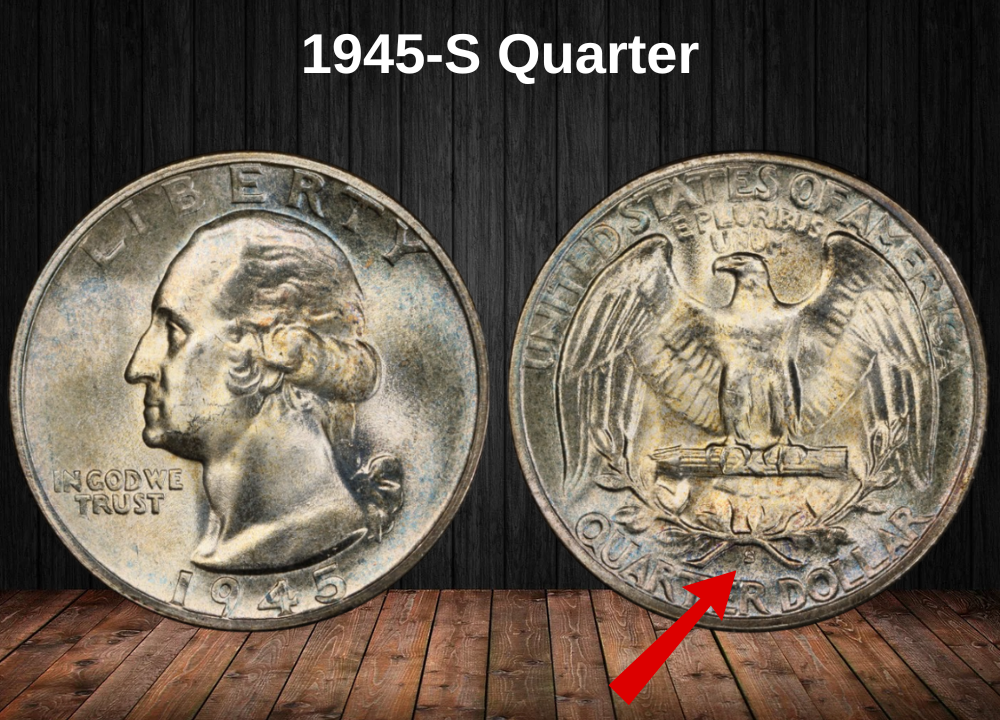
The 1945-S Washington quarter represents the San Francisco Mint’s final wartime contribution, with just over 17 million coins struck before World War II came to an end. While not as plentiful as Philadelphia’s issue or as scarce as Denver’s, the 1945-S holds an important middle ground in both mintage and collector interest.
What sets this variety apart is its West Coast origin. The San Francisco Mint was a critical supplier of coinage for the Pacific region during the war years, and these coins circulated heavily among military installations, shipyards, and defense industries that fueled the war effort.
San Francisco strikes often display unique luster patterns and slightly different die characteristics, making them particularly attractive to specialists who enjoy comparing mint-to-mint variations within the Washington quarter series.
1945-S Quarter Price/Grade Chart
Price by 1–70 Grade (Latest Auction Records Included)
Updated: 2025-09-18 03:35:59
| Date | Auction House | Price | Grade |
|---|---|---|---|
| 07/24 | SB | $45 | 65 |
| 06/24 | SB | $45 | 66 |
| 11/23 | SB | $13,200 | 68 |
| 10/23 | HA | $432 | 67 |
| 06/23 | SB | $100 | 65 |
| 06/23 | HA | $51 | 66 |
| 05/23 | HA | $300 | 67 |
| 04/23 | SB | $264 | 67 |
| 04/23 | DL | $280 | 67 |
| 02/23 | HA | $264 | 67 |
Rare 1945 Quarter Error List
1. 1945 Doubled Die Obverse (DDO) FS-101
The 1945 DDO FS-101 is one of the standout error varieties from this wartime year. It features prominent doubling on Washington’s profile and the surrounding inscriptions, especially on “LIBERTY” and the date “1945.”
This doubled effect was created when the working die received multiple, slightly misaligned impressions during the hubbing process, leaving behind a shadow-like doubling pattern. Under magnification, the separation becomes striking, but in higher-grade examples, the doubling can often be spotted with the naked eye.
While struck at the Philadelphia Mint, this variety is considerably scarcer than normal issues, making it a prized find for error specialists and Washington quarter enthusiasts alike.
1945 DDO FS-101 Quarter Price/Grade Chart
Price by 1–70 Grade (Latest Auction Records Included)
| Grade | Price Range | Notes |
|---|---|---|
| Good (G4) | $50 – $75 | Visible doubling under magnification |
| Fine (F12) | $100 – $150 | Stronger details, clearer doubling |
| About Uncirculated (AU50) | $250 – $400 | Noticeable luster, strong eye appeal |
| Mint State (MS63) | $800 – $1,200 | Well-struck, doubling clearly defined |
| Mint State Gem (MS65–67) | $3,500 – $15,000+ | Rare at auction, top-tier examples highly coveted |
2. 1945-S Doubled Die Obverse (DDO) FS-101 & FS-102
The San Francisco Mint struck two recognized doubled die obverse varieties in 1945, both of which have become highly collectible among Washington quarter enthusiasts.
- FS-101: Displays bold doubling in the motto “IN GOD WE TRUST” and the date “1945.” This variety is the more dramatic of the two, with separation visible even to the naked eye on well-preserved coins.
- FS-102: Shows more subtle doubling, primarily affecting Washington’s profile details, including the hair curls and neckline. While less dramatic, it remains an important variety for specialists.
Both varieties are considerably scarcer than standard 1945-S quarters. The FS-101 typically commands higher premiums due to its strong visual impact, while FS-102 appeals to collectors who value subtle hubbing anomalies from the San Francisco Mint’s wartime production.
1945-S DDO (FS-101 & FS-102) Quarter Price/Grade Chart
Price by 1–70 Grade (Latest Auction Records Included)
| Grade | FS-101 Price Range | FS-102 Price Range | Notes |
|---|---|---|---|
| Good (G4) | $60 – $90 | $40 – $60 | Doubling faint but identifiable with magnification |
| Fine (F12) | $120 – $180 | $75 – $120 | Clearer separation in motto and date |
| About Uncirculated (AU50) | $350 – $600 | $250 – $400 | Light wear, traces of luster remain |
| Mint State (MS63) | $1,000 – $1,800 | $650 – $1,000 | Strong strike, doubling clearly visible |
| Mint State Gem (MS65–67) | $5,000 – $16,000+ | $2,500 – $8,500+ | Rare in top condition, auction highlights confirm strong demand |
Where to Sell Your Quarter Coin?
Now that you know the value of your quarter, the next step is deciding where to sell it. There are several trusted options—both online and in person—that can help you get the best price depending on your coin’s rarity and condition.
To see the full list of recommended places, along with their advantages and disadvantages, check our complete guide on where to sell your quarter coins.
FAQ About the 1945 Washington Quarter
1. Why is the 1945 Quarter historically significant?
The 1945 Washington Quarter was minted in the closing year of World War II. Struck in 90% silver, it represents the last wartime issue of the series, connecting numismatic value with a pivotal moment in U.S. and world history.
2. Which mints produced the 1945 Quarter?
It was struck at three mints: Philadelphia (no mint mark), Denver (“D”), and San Francisco (“S”). The Philadelphia issue had the largest mintage, while the 1945-S is generally considered scarcer in high Mint State grades.
3. Are there any key varieties or errors for the 1945 Quarter?
Yes. Collectors look for Doubled Die Obverses (DDO), Repunched Mintmarks (RPMs), and misstrikes like off-center coins and clipped planchets. Among these, the RPMs from the Denver and San Francisco mints are the most sought after.
4. How much is a 1945 Quarter worth today?
Most circulated examples are worth $5–$15, close to their silver melt value. In Mint State (MS65), prices range from $100–$250, while superb gems (MS67+) can surpass $1,000. Error varieties or high-grade examples certified by PCGS or NGC can sell for several thousand dollars.
5. What should collectors look for in a 1945 Quarter?
Look for strong detail in Washington’s hair and the eagle’s breast feathers. Luster and originality are crucial—cleaned or damaged coins are worth less. For varieties, magnification is needed to spot doubling or RPMs. Certification is highly recommended for top-condition or error coins.

